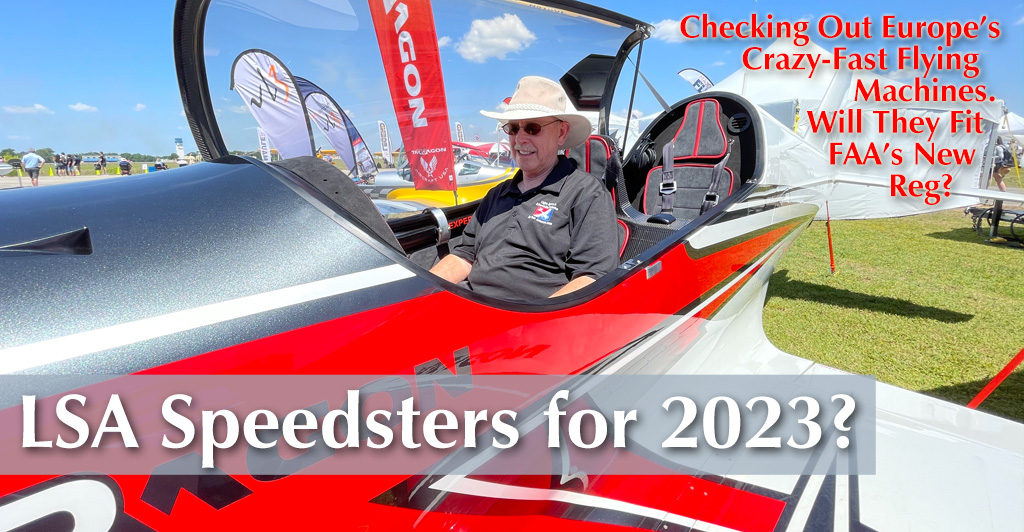
The age of Light Personal Aircraft is not far off in the future but is that where “fast-glass” LSA are headed? Certainly, some LSA producers have ambitions for four seat cruisers or tougher bush aircraft or larger load-carrying aircraft to satisfy pilots that want more capability from their aircraft. Those goals are fine, of course, but they are not what stimulates leaders and engineers at JMB Aircraft, a restless bunch that loves flying their screaming machine as fast as they can. How fast is it? I went aloft with dealer Kyle Schluter to find out. I also learned about the fuller product line and what Sport Pilot certificate holders can do to own and fly one of these impressive aircraft. (Article updated 7/17/21) Orange Lightning in the Sky Maybe it doesn’t look familiar but VL3 has already been seen by Yankee pilots under the brand name Gobosh and with the model designation 800XP.


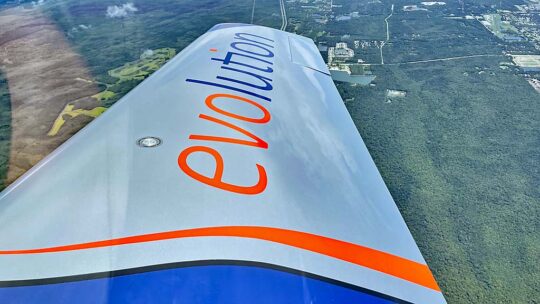 Certainly, some LSA producers have ambitions for four seat cruisers or tougher bush aircraft or larger load-carrying aircraft to satisfy pilots that want more capability from their aircraft.
Those goals are fine, of course, but they are not what stimulates leaders and engineers at JMB Aircraft, a restless bunch that loves flying their screaming machine as fast as they can.
Certainly, some LSA producers have ambitions for four seat cruisers or tougher bush aircraft or larger load-carrying aircraft to satisfy pilots that want more capability from their aircraft.
Those goals are fine, of course, but they are not what stimulates leaders and engineers at JMB Aircraft, a restless bunch that loves flying their screaming machine as fast as they can.
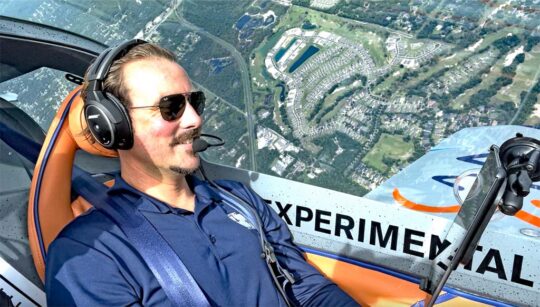 The fellows importing 800XP from then-producer Aveko rebadged the aircraft for the American market. It featured fixed gear and a fixed prop to meet the LSA regulations of the day. They also added wing area and for good marketing measure, they added sexy upward-curved winglets.
Irony: The older model is essentially the LSA version that JMB plans for the U.S. market. So, yep, while the model in this report is the speediest version, a simpler — and LSA compatible today, even before the 2023 regulations — model is already waiting for American pilots that many need or prefer an LSA.
No question though… what gets most pilot hearts beating harder is the speed VL3 has been able to achieve with a
The fellows importing 800XP from then-producer Aveko rebadged the aircraft for the American market. It featured fixed gear and a fixed prop to meet the LSA regulations of the day. They also added wing area and for good marketing measure, they added sexy upward-curved winglets.
Irony: The older model is essentially the LSA version that JMB plans for the U.S. market. So, yep, while the model in this report is the speediest version, a simpler — and LSA compatible today, even before the 2023 regulations — model is already waiting for American pilots that many need or prefer an LSA.
No question though… what gets most pilot hearts beating harder is the speed VL3 has been able to achieve with a  In the present time — before big changes coming with the so-called
In the present time — before big changes coming with the so-called 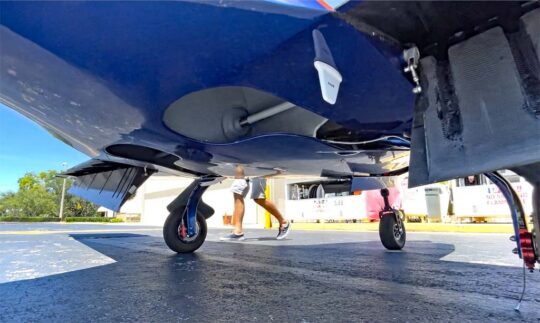
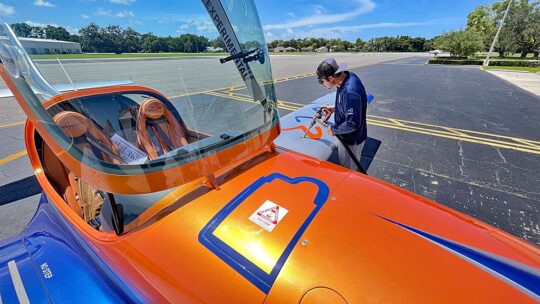
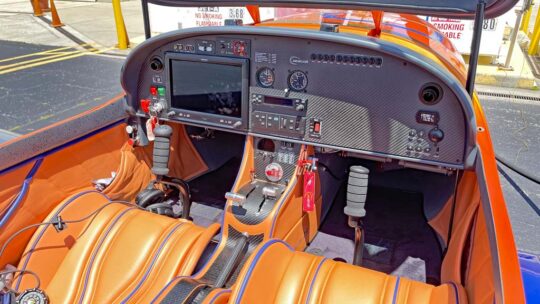
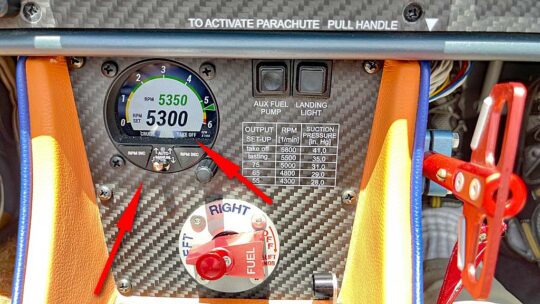
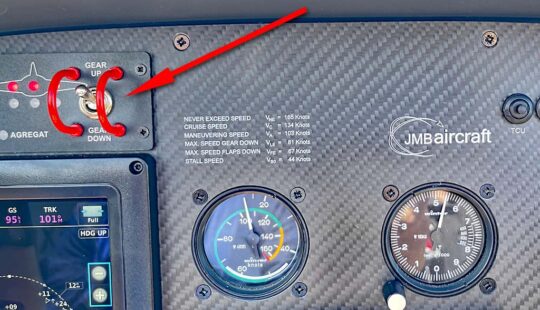
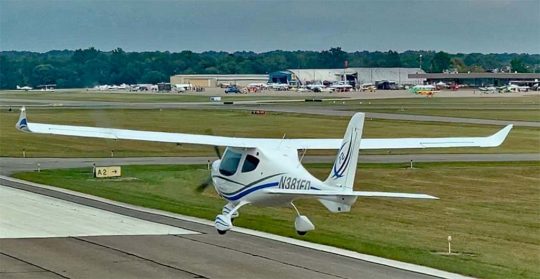
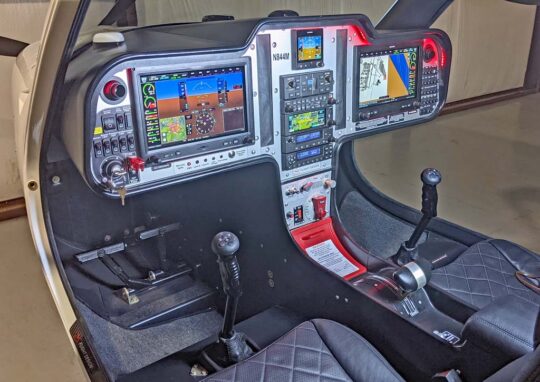


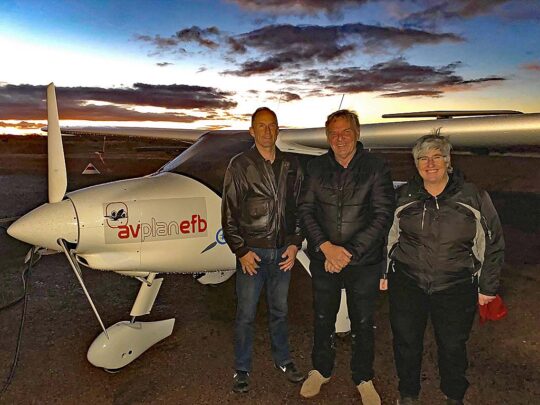 "We are thrilled to announce that this afternoon we achieved a World Endurance Record for an electric aircraft, breaking the previous mark set in Germany last year." (Note: Official recognition always takes more time.)
Pipistrel distributor Michael Coates, wrote, "South Australian-based Eyre to There Aviation … Flying a Pipistrel Alpha Electro plane, arrived in Port Augusta late yesterday (Friday June 25) after breaking the previous mark of 750 kilometers on the leg between Shoalwater Point Station and Whyalla."
Lead by Eyre to There Aviation Managing Director, Barrie Rogers, the team will continue to Adelaide aiming to fly 1,350 kilometers by the end of the journey.
"We are thrilled to announce that this afternoon we achieved a World Endurance Record for an electric aircraft, breaking the previous mark set in Germany last year." (Note: Official recognition always takes more time.)
Pipistrel distributor Michael Coates, wrote, "South Australian-based Eyre to There Aviation … Flying a Pipistrel Alpha Electro plane, arrived in Port Augusta late yesterday (Friday June 25) after breaking the previous mark of 750 kilometers on the leg between Shoalwater Point Station and Whyalla."
Lead by Eyre to There Aviation Managing Director, Barrie Rogers, the team will continue to Adelaide aiming to fly 1,350 kilometers by the end of the journey.
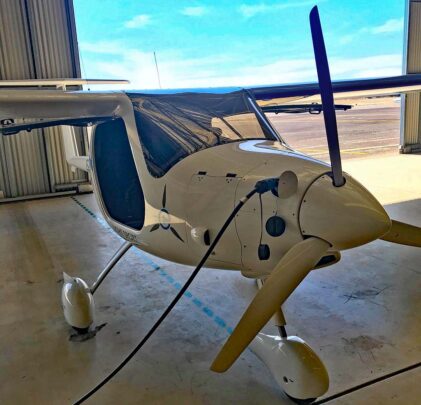 Barrie reported he and his team battled strong winds and rain as well as below zero morning temperatures to achieve the record. (Australian's seasons are roughly reversed from America's; this is not summer in Australia.)
“It’s been a mammoth effort by everyone involved to achieve this incredible feat," Barrie said. "The weather hasn’t exactly been on our side. We had ice on the wings one morning and were grounded in Port Lincoln due to an intense low pressure system.” One of the criticisms leveled at battery power is a loss of energy in cold conditions so the Eyre to There has been doing additional proving of the propulsion concept.
“On the plus side, the aircraft and the recharging systems have held up incredibly well, said Barrie. "It has gone a long way to proving the endurance and reliability of the Pipistrel Alpha Electro plane."
“Because we can only fly about 125 kilometers (78 miles) before having to recharge, we’ve been landing in some pretty remote locations."
As reported earlier, Barrie said Pipistrel Alpha Electro is the first and only serially-produced electric aircraft currently approved in Australia for flight training by the Civil Aviation Safety Authority (Australia's FAA counterpart).
Barrie reported he and his team battled strong winds and rain as well as below zero morning temperatures to achieve the record. (Australian's seasons are roughly reversed from America's; this is not summer in Australia.)
“It’s been a mammoth effort by everyone involved to achieve this incredible feat," Barrie said. "The weather hasn’t exactly been on our side. We had ice on the wings one morning and were grounded in Port Lincoln due to an intense low pressure system.” One of the criticisms leveled at battery power is a loss of energy in cold conditions so the Eyre to There has been doing additional proving of the propulsion concept.
“On the plus side, the aircraft and the recharging systems have held up incredibly well, said Barrie. "It has gone a long way to proving the endurance and reliability of the Pipistrel Alpha Electro plane."
“Because we can only fly about 125 kilometers (78 miles) before having to recharge, we’ve been landing in some pretty remote locations."
As reported earlier, Barrie said Pipistrel Alpha Electro is the first and only serially-produced electric aircraft currently approved in Australia for flight training by the Civil Aviation Safety Authority (Australia's FAA counterpart).

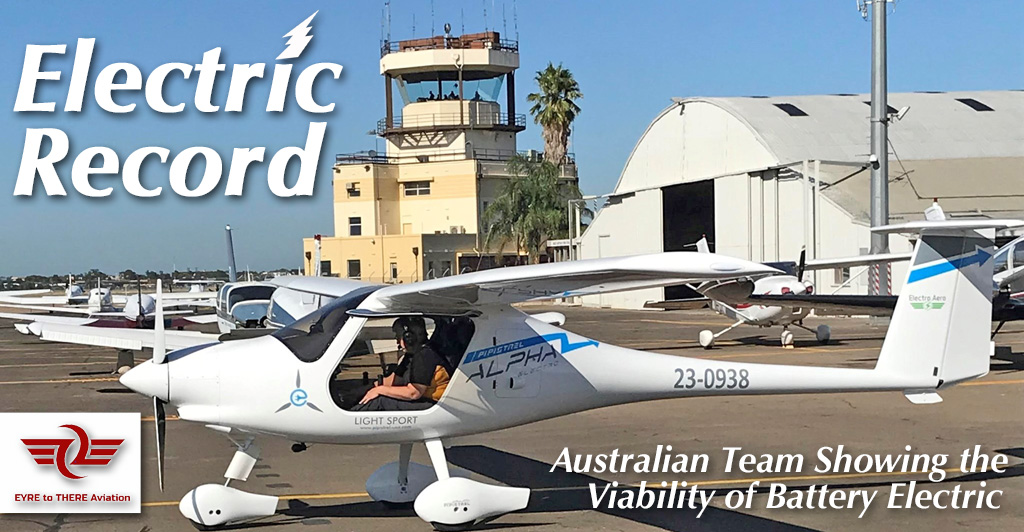
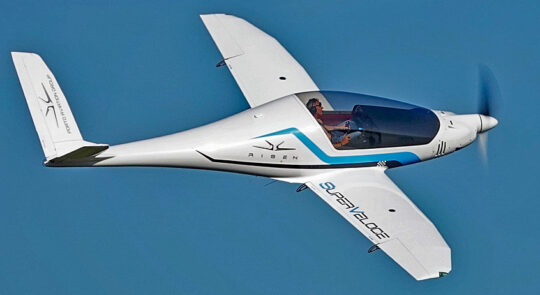 Most of us, however, are not Alberto. Apparently, this man does not care to sit idly and admire his past achievements.
When you've already designed what may be the fastest LSA-type aircraft in the world, what do you do next?
Shorten Risen's wing span, install a more powerful engine and go even faster. Duh!
Original Risen wingspan: 29.5 feet — Risen SuperVeloce wingspan: 26.9 feet. How much difference results when span loses 31 inches and power increases 40%? Speed demons want to know.
Most of us, however, are not Alberto. Apparently, this man does not care to sit idly and admire his past achievements.
When you've already designed what may be the fastest LSA-type aircraft in the world, what do you do next?
Shorten Risen's wing span, install a more powerful engine and go even faster. Duh!
Original Risen wingspan: 29.5 feet — Risen SuperVeloce wingspan: 26.9 feet. How much difference results when span loses 31 inches and power increases 40%? Speed demons want to know.
 It's worth noting several countries that accept ASTM standards do not limit speed. That's why ASTM created standards for retracts, adjustable props, and other developments that are not presently permitted in America. (The organization is now called ASTM International for that precise reason.)
Are U.S.-based LSA genuinely limited to 120 knots? Yes, and no.
While this may change in the regulation to come at the end of 2023, present-day American LSA are limited to a maximum of 120 knots in level flight at sea level. Most pilots are aware that indicated speeds translate to higher numbers at, say, 10,000 feet above sea level. Some LSA are advertised as capable of reaching 150 knots at high altitude …and that is perfectly okay.
It's worth noting several countries that accept ASTM standards do not limit speed. That's why ASTM created standards for retracts, adjustable props, and other developments that are not presently permitted in America. (The organization is now called ASTM International for that precise reason.)
Are U.S.-based LSA genuinely limited to 120 knots? Yes, and no.
While this may change in the regulation to come at the end of 2023, present-day American LSA are limited to a maximum of 120 knots in level flight at sea level. Most pilots are aware that indicated speeds translate to higher numbers at, say, 10,000 feet above sea level. Some LSA are advertised as capable of reaching 150 knots at high altitude …and that is perfectly okay.
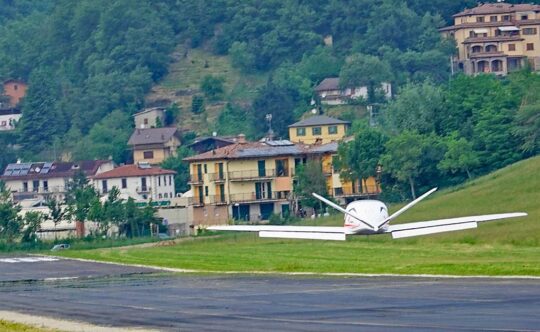
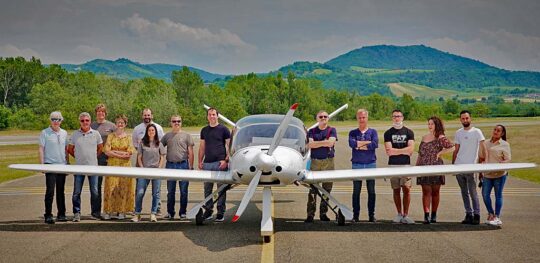 "Risen powered with the Rotax 914 turbo for the first time passed the barrier of 400 kph (249 mph) on a 15 kilometer straight course and 379 kph (235 mph) on a 50-kilometer triangle. Truly spectacular especially with a 115 horsepower engine. Just imagine what would happen with a 915iS?" asked Commercial Director, Stéphan D’haene in the fall of 2020.
"As Porto Aviation, we don’t believe you can just install a 40% more powerful engine in the same airframe," continued Stéphan. "Either your 100 horsepower version is underpowered, or [an airframe with a] 141 horsepower 915iS will be overpowered. This is just physics. Exceptions are, of course, STOL or other draggy designs that will see only a relative small increase of cruise speed due to drag. Risen has the lowest drag ratio in the industry, so adding 40% more power is a lot for an already-fast aircraft."
"Risen powered with the Rotax 914 turbo for the first time passed the barrier of 400 kph (249 mph) on a 15 kilometer straight course and 379 kph (235 mph) on a 50-kilometer triangle. Truly spectacular especially with a 115 horsepower engine. Just imagine what would happen with a 915iS?" asked Commercial Director, Stéphan D’haene in the fall of 2020.
"As Porto Aviation, we don’t believe you can just install a 40% more powerful engine in the same airframe," continued Stéphan. "Either your 100 horsepower version is underpowered, or [an airframe with a] 141 horsepower 915iS will be overpowered. This is just physics. Exceptions are, of course, STOL or other draggy designs that will see only a relative small increase of cruise speed due to drag. Risen has the lowest drag ratio in the industry, so adding 40% more power is a lot for an already-fast aircraft."
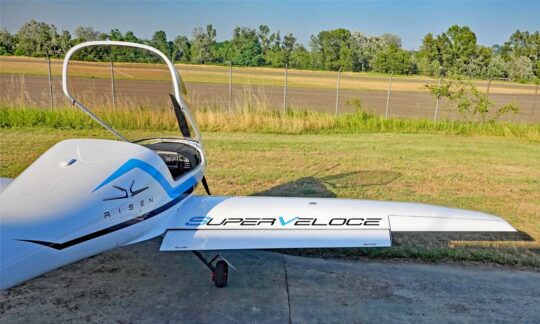
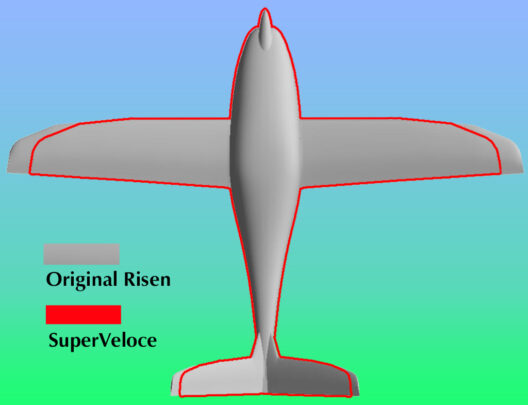 "We performed stalls and saw a 10 kilometer per hour or 6 knot increase compared to the normal Risen," observed Stéphan. "This is great news as it confirms the computer simulations and allows us to stay within European Microlight regulations, too."
Going fast pays benefits, at least for buyers that have somewhat thicker wallets.
"Let’s not forget Risen has one of the largest cabins on the market with ultimate comfort for those long trips," added the commercial director. "Our first 12 months of production are already sold out, even though few outside the factory have seen the aircraft."
Serial production reportedly commenced three months ago. SuperVeloce #2 will soon take its maiden flight.
Stéphan expressed, "Many U.S. pilots want this aircraft. There are going to be a lot of busy builders!"
Care to be among them?
"We performed stalls and saw a 10 kilometer per hour or 6 knot increase compared to the normal Risen," observed Stéphan. "This is great news as it confirms the computer simulations and allows us to stay within European Microlight regulations, too."
Going fast pays benefits, at least for buyers that have somewhat thicker wallets.
"Let’s not forget Risen has one of the largest cabins on the market with ultimate comfort for those long trips," added the commercial director. "Our first 12 months of production are already sold out, even though few outside the factory have seen the aircraft."
Serial production reportedly commenced three months ago. SuperVeloce #2 will soon take its maiden flight.
Stéphan expressed, "Many U.S. pilots want this aircraft. There are going to be a lot of busy builders!"
Care to be among them?
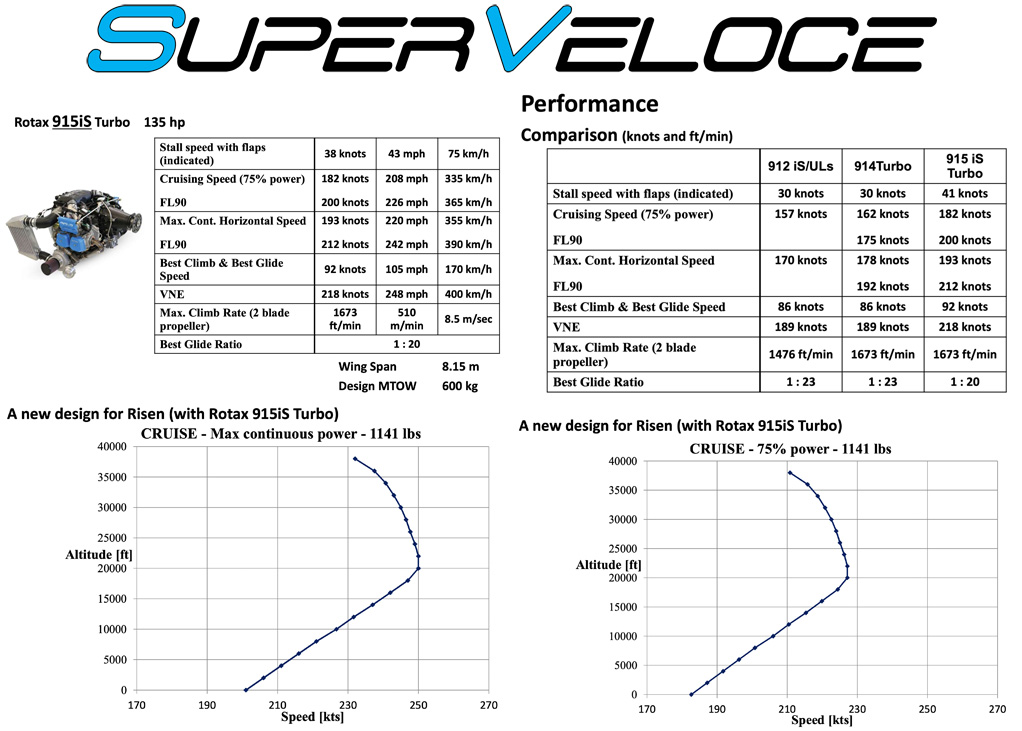

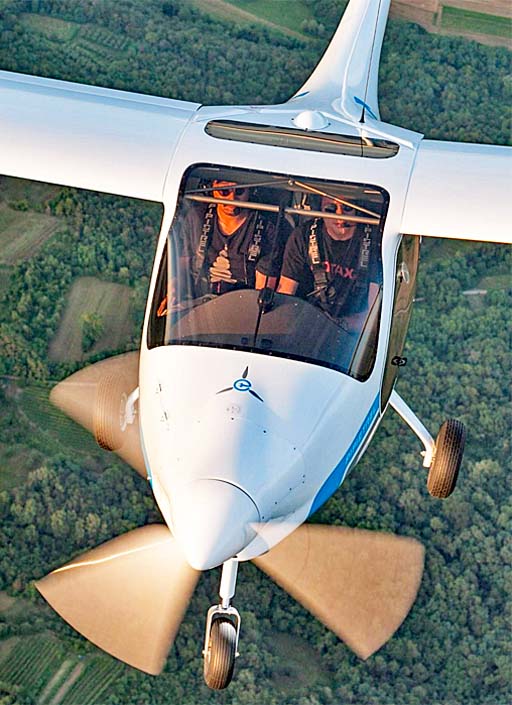 Article
Article 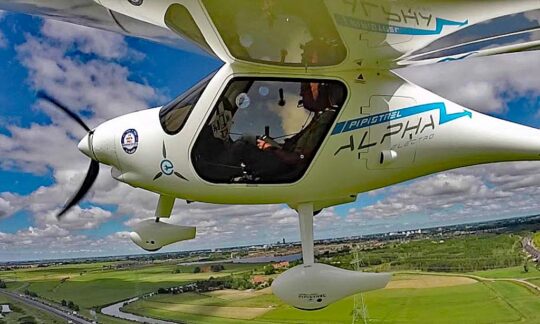
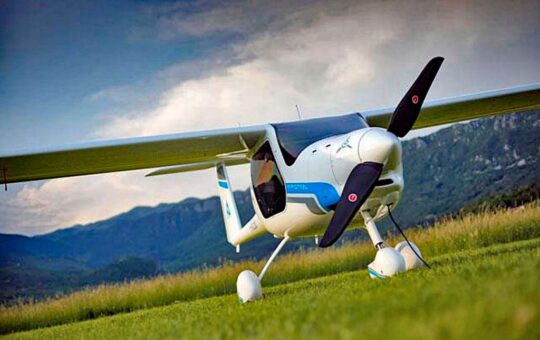
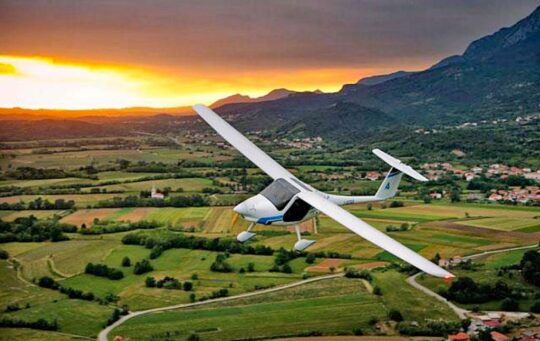 Let's be fair: Electric airplanes are relatively new and they will only get better. It is not reasonable to expect them to perform equally with fossil-fuel-powered aircraft that have been developed over many decades and with billions of dollars invested to help them achieve the high state-of-the-art they possess today.
Yet what this observes once again is that batteries are the weak link in the electric propulsion chain. Energy contained in batteries is a small fraction of that contained in a similar volume or weight of gasoline. That gap is narrowing but the pace seems glacial compared to forecasts of electric enthusiasts. Battery improvements of a few percentage points per year means decades before batteries match fossil fuel in energy per pound.
Give batteries some magical breakthrough to equal fossil fuel energy and the betting will end. Electric propulsion will push out fossil engines quickly — but that day is not here now. It may be years in the future.
Let's be fair: Electric airplanes are relatively new and they will only get better. It is not reasonable to expect them to perform equally with fossil-fuel-powered aircraft that have been developed over many decades and with billions of dollars invested to help them achieve the high state-of-the-art they possess today.
Yet what this observes once again is that batteries are the weak link in the electric propulsion chain. Energy contained in batteries is a small fraction of that contained in a similar volume or weight of gasoline. That gap is narrowing but the pace seems glacial compared to forecasts of electric enthusiasts. Battery improvements of a few percentage points per year means decades before batteries match fossil fuel in energy per pound.
Give batteries some magical breakthrough to equal fossil fuel energy and the betting will end. Electric propulsion will push out fossil engines quickly — but that day is not here now. It may be years in the future.
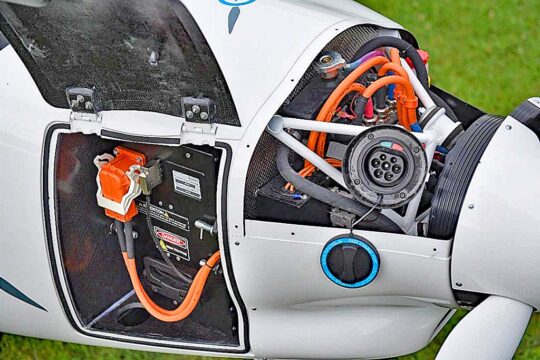 How long will the aircraft fly at cruise/cross-country? — Answer: "45 minutes at 18kW (reduced power) and 75 knots indicated airspeed"
How long does it typically take to charge the batteries with different chargers? — Answer: "Six hours with a 3kW charger; an hour forty with 10 kW charger; an hour and five minutes with a 14 kW; or 45 minutes with the 20 kW charger."
How heavy are the batteries and can I swap them myself? — Answer: "Each battery pack is 53 kg (117 pounds). Yes, you can remove the pack with no extra help."
What is the luggage capacity the aircraft? Answer: "There is no luggage compartment. Convenience luggage can be stored in the side pockets on the instrument panel."
How long will the aircraft fly at cruise/cross-country? — Answer: "45 minutes at 18kW (reduced power) and 75 knots indicated airspeed"
How long does it typically take to charge the batteries with different chargers? — Answer: "Six hours with a 3kW charger; an hour forty with 10 kW charger; an hour and five minutes with a 14 kW; or 45 minutes with the 20 kW charger."
How heavy are the batteries and can I swap them myself? — Answer: "Each battery pack is 53 kg (117 pounds). Yes, you can remove the pack with no extra help."
What is the luggage capacity the aircraft? Answer: "There is no luggage compartment. Convenience luggage can be stored in the side pockets on the instrument panel."

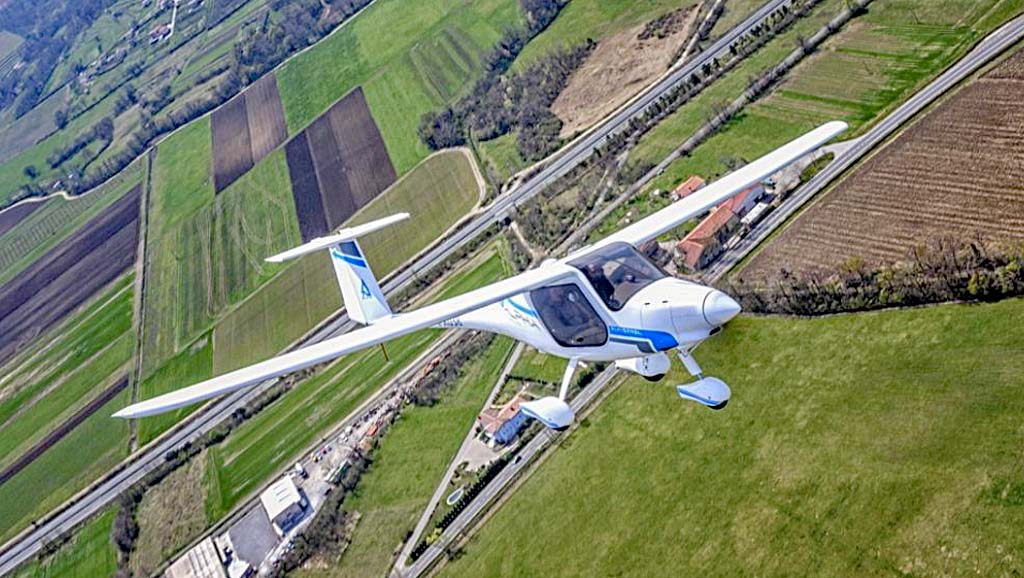
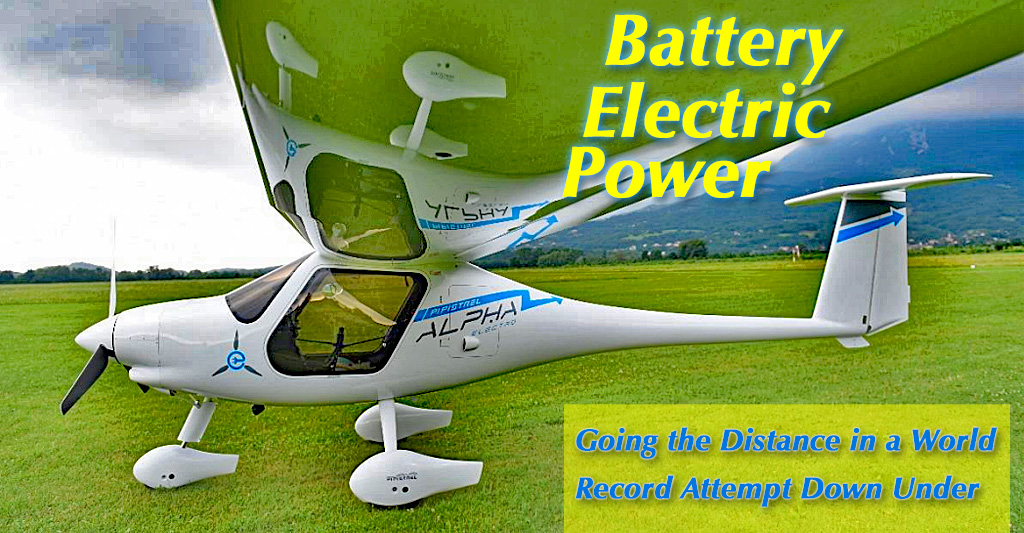
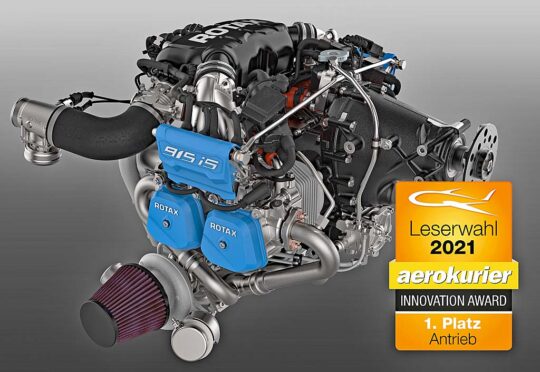 A little over a year ago, the engine builder from Gunskirchen, Austria celebrated their 100th anniversary.
A little over a year ago, the engine builder from Gunskirchen, Austria celebrated their 100th anniversary. 
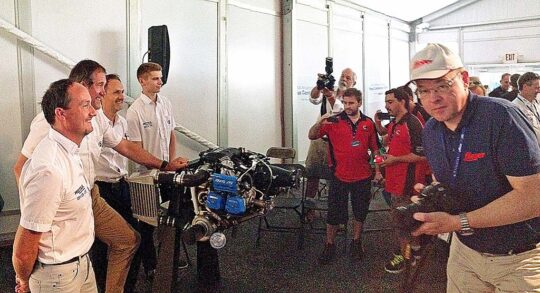

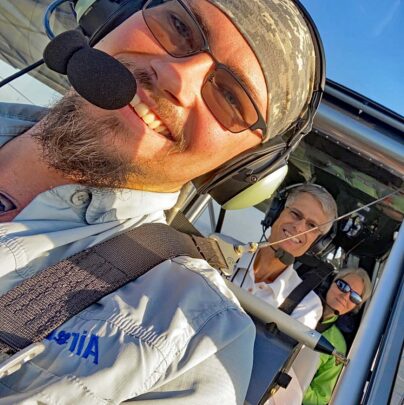
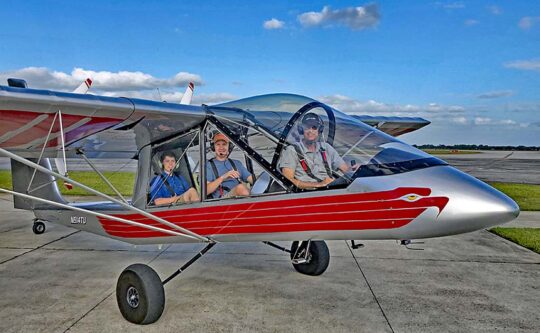


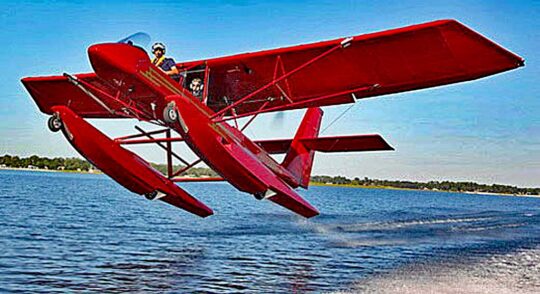 Once we descended below 300 feet, that gusty air made final approach feel like a roller coaster ride. Woo-hoo!
I decided to keep my speed up and leave the flaps retracted to facilitate an abort if it proved too rough. I was prepared to use the majority of the long, paved runway… and I did. Yet we got down. We flew in a Van's RV-12 to which I have access and, like all RVs, the handling is superb. I was sure I would not run out of control authority.
With quite a few hours logged in AirCam, I think it could have handled the winds, but such a decision is about pilot skill and experience, not the aircraft or its controls. Phil made a prudent decision to lead his formation four more miles to St. Simons. Not only was the runway better wind-oriented but the airport area is more open with few nearby obstructions.
As the weekend unfolded, the winds died down and Jekyll proved as fetching a place as ever. I tell you what: these AirCam people know where to take their powerful birds for a good time.
Once we descended below 300 feet, that gusty air made final approach feel like a roller coaster ride. Woo-hoo!
I decided to keep my speed up and leave the flaps retracted to facilitate an abort if it proved too rough. I was prepared to use the majority of the long, paved runway… and I did. Yet we got down. We flew in a Van's RV-12 to which I have access and, like all RVs, the handling is superb. I was sure I would not run out of control authority.
With quite a few hours logged in AirCam, I think it could have handled the winds, but such a decision is about pilot skill and experience, not the aircraft or its controls. Phil made a prudent decision to lead his formation four more miles to St. Simons. Not only was the runway better wind-oriented but the airport area is more open with few nearby obstructions.
As the weekend unfolded, the winds died down and Jekyll proved as fetching a place as ever. I tell you what: these AirCam people know where to take their powerful birds for a good time. 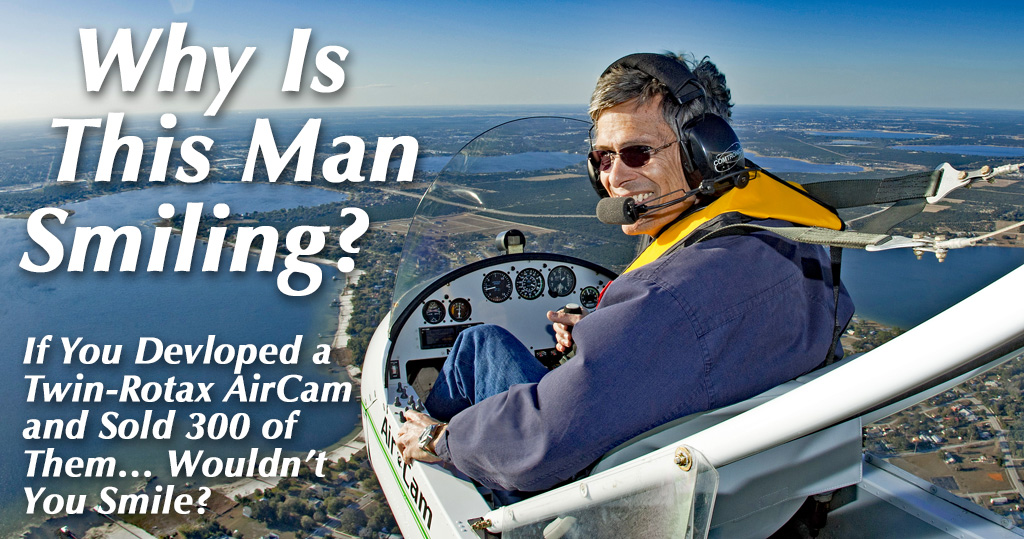
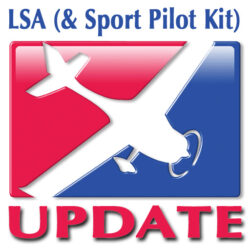 Summer is fast approaching and for much of the northern hemisphere, that means seaplane flying. For all pilots, covid fear is dissipating and summer skies beckon.
In this LSA Update…
Summer is fast approaching and for much of the northern hemisphere, that means seaplane flying. For all pilots, covid fear is dissipating and summer skies beckon.
In this LSA Update…
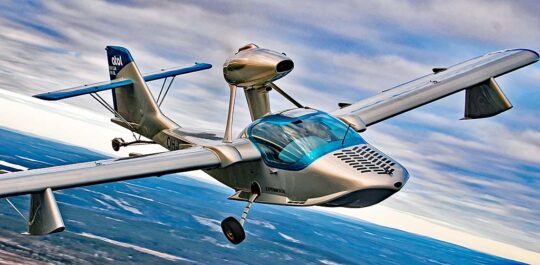 A new enterprise bought all rights and assests from bankruptcy estate of Atol Avion Oy, which filed for bankruptcy on February 2, 2021.
A new enterprise bought all rights and assests from bankruptcy estate of Atol Avion Oy, which filed for bankruptcy on February 2, 2021.
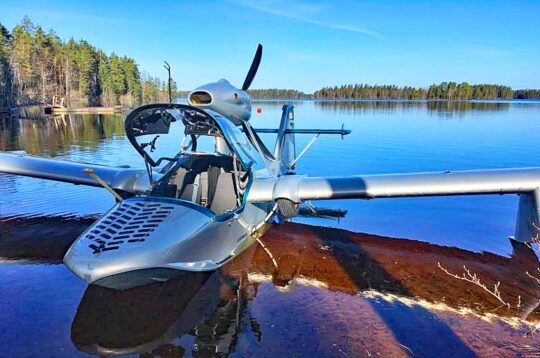 Aurora, a two-seat amphibian, has been under development for nine years. Scandinavian Seaplanes forecasts serial production will start by the end of Q2 2022. A core team familiar with Atol Avion has been hired to work for company and this will enable the official transfer of the nearly finished type certification project with EASA (European Aviation Safety Agency, the Union's counterpart to FAA).
Aurora, a two-seat amphibian, has been under development for nine years. Scandinavian Seaplanes forecasts serial production will start by the end of Q2 2022. A core team familiar with Atol Avion has been hired to work for company and this will enable the official transfer of the nearly finished type certification project with EASA (European Aviation Safety Agency, the Union's counterpart to FAA).
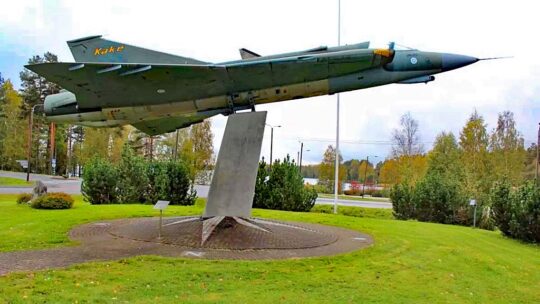
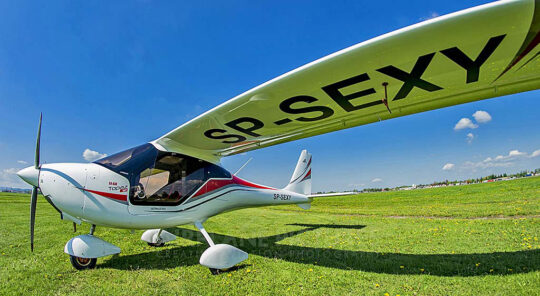 The Polish company's top-of-the-line
The Polish company's top-of-the-line 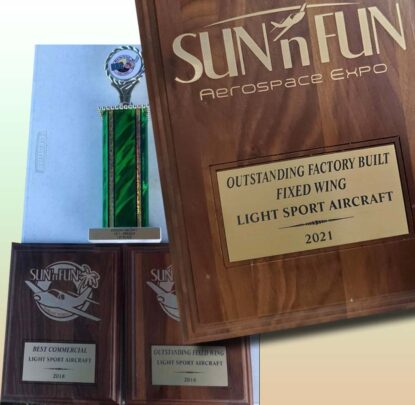 Get factory
Get factory 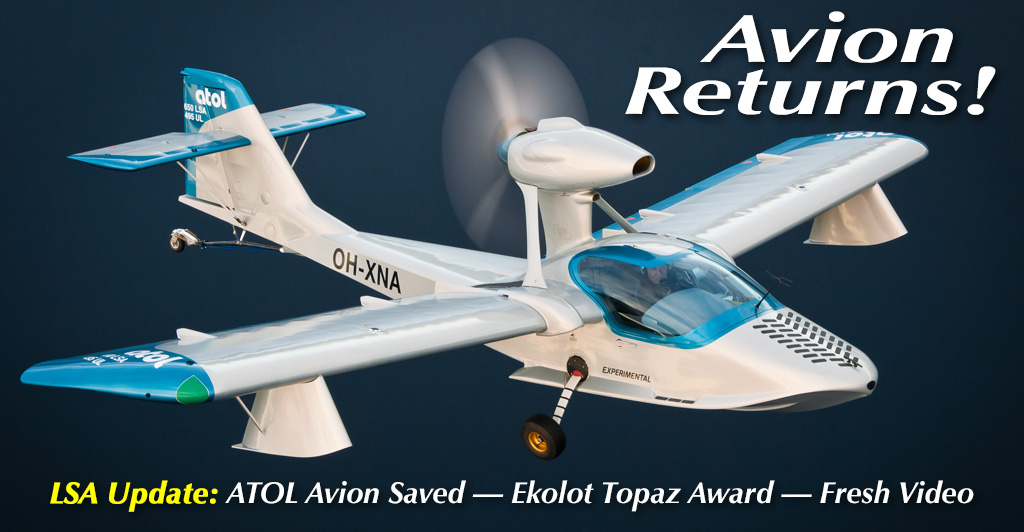
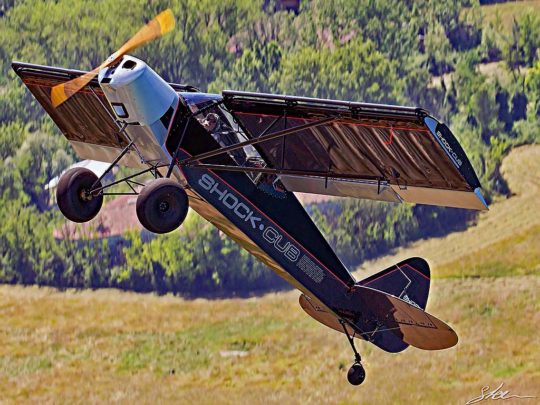 Here's the simple response: light aircraft with modern (read: powerful and efficient) engines tend to perform admirably well in high elevations, higher heat, and high humidity. If you fly almost any of these aircraft in high density conditions you already know they perform sprightly.
In contrast, I logged hundreds of Cessna 150 hours from my days as a flight instructor, and — with a similar amount of power as most LSA but also quite a few more pounds — that aircraft definitely does not perform as energetically.
So, a higher power-to-weight ratio is good, but do limits exist?
Here's the simple response: light aircraft with modern (read: powerful and efficient) engines tend to perform admirably well in high elevations, higher heat, and high humidity. If you fly almost any of these aircraft in high density conditions you already know they perform sprightly.
In contrast, I logged hundreds of Cessna 150 hours from my days as a flight instructor, and — with a similar amount of power as most LSA but also quite a few more pounds — that aircraft definitely does not perform as energetically.
So, a higher power-to-weight ratio is good, but do limits exist?
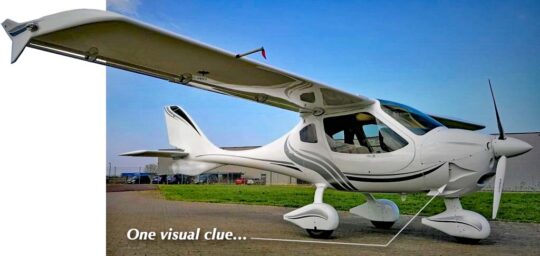
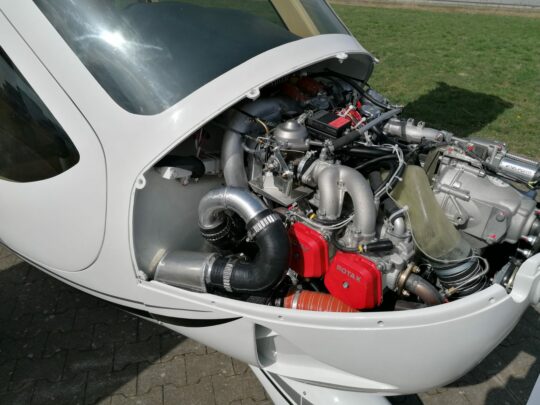 “I was very impressed with the performance of the CTLS GT with the Rotax 914 Turbo," said Flight Design test pilot Nico Stambula. "CTLS GT Turbo climbs like a rocket and easily reaches 140 knots at altitude." Stambula added that the 914 intercooled engine maintains consistent temperatures. In addition, this is a very smooth flying package."
The first CTLS GT will be shipped to an owner in South Africa, which has both high temperatures and high elevations. Flight Design believes the new model "should be just great for operating in those more challenging conditions."
With the addition of the Rotax 914T option, the long-running CTLS extends its range again. Various models are available as a European 600 kilogram (European) Ultralight, an ASTM-compliant Special LSA, or as an EASA-certified aircraft. Models are available with the Rotax 912, the 912iS and now as a turbocharged performer as the CTLS GT 914T.
“I was very impressed with the performance of the CTLS GT with the Rotax 914 Turbo," said Flight Design test pilot Nico Stambula. "CTLS GT Turbo climbs like a rocket and easily reaches 140 knots at altitude." Stambula added that the 914 intercooled engine maintains consistent temperatures. In addition, this is a very smooth flying package."
The first CTLS GT will be shipped to an owner in South Africa, which has both high temperatures and high elevations. Flight Design believes the new model "should be just great for operating in those more challenging conditions."
With the addition of the Rotax 914T option, the long-running CTLS extends its range again. Various models are available as a European 600 kilogram (European) Ultralight, an ASTM-compliant Special LSA, or as an EASA-certified aircraft. Models are available with the Rotax 912, the 912iS and now as a turbocharged performer as the CTLS GT 914T.
 Someone was bound to ask why engineers didn't use the newest 141-horsepower Rotax 915 iS, so I queried the company on this question.
Since the start of Light-Sport Aircraft, Flight Design has been represented in America by Tom Peghiny, proprietor of
Someone was bound to ask why engineers didn't use the newest 141-horsepower Rotax 915 iS, so I queried the company on this question.
Since the start of Light-Sport Aircraft, Flight Design has been represented in America by Tom Peghiny, proprietor of 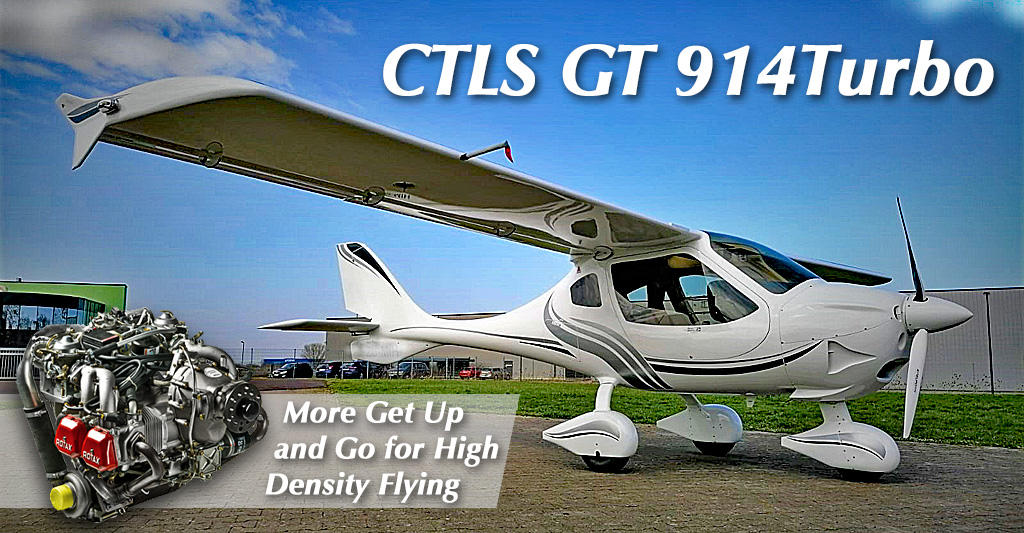
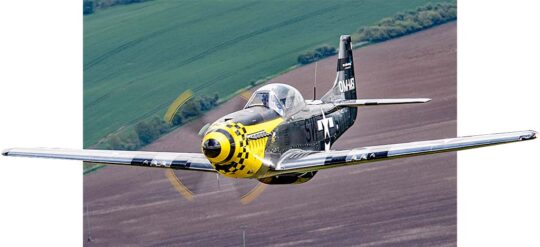 Don't feel too conspicuous. It's happening to me, too, along with nearly everyone else. [
Don't feel too conspicuous. It's happening to me, too, along with nearly everyone else. [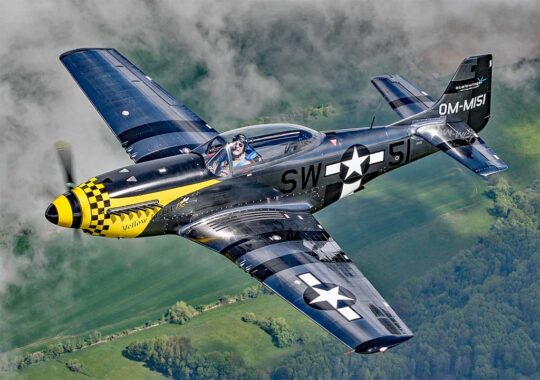 ScaleWings reported, "Aircraft serial number #001 took off at 11:37 am into a light cloudy sky." The all-important first flight went without problems.
"Chief Test Pilot Jirko 'Jiri' Hybler praised the balanced and highly maneuverable handling of the aircraft, managing crosswinds of more than 10 knots with superior control," continued ScaleWings. "Within the first flight hours all systems were checked to prove their functionality."
The company reported test flights included cycling up and down of the all-electrically-driven landing gear. First flight went exactly to plan and 35 minutes later, the aircraft landed safely.
"This first flight of the serial aircraft configuration of the SW-51 Mustang is an important milestone for our team," ScaleWings said.
The SW-51 aircraft program was launched in 2013, followed by a successful first flight of a “proof of concept” prototype just one year later in 2014. Since then ScaleWings has been working on both production processes for the aircraft and preparing the company's production site in Krosno, Poland.
ScaleWings reported, "Aircraft serial number #001 took off at 11:37 am into a light cloudy sky." The all-important first flight went without problems.
"Chief Test Pilot Jirko 'Jiri' Hybler praised the balanced and highly maneuverable handling of the aircraft, managing crosswinds of more than 10 knots with superior control," continued ScaleWings. "Within the first flight hours all systems were checked to prove their functionality."
The company reported test flights included cycling up and down of the all-electrically-driven landing gear. First flight went exactly to plan and 35 minutes later, the aircraft landed safely.
"This first flight of the serial aircraft configuration of the SW-51 Mustang is an important milestone for our team," ScaleWings said.
The SW-51 aircraft program was launched in 2013, followed by a successful first flight of a “proof of concept” prototype just one year later in 2014. Since then ScaleWings has been working on both production processes for the aircraft and preparing the company's production site in Krosno, Poland.
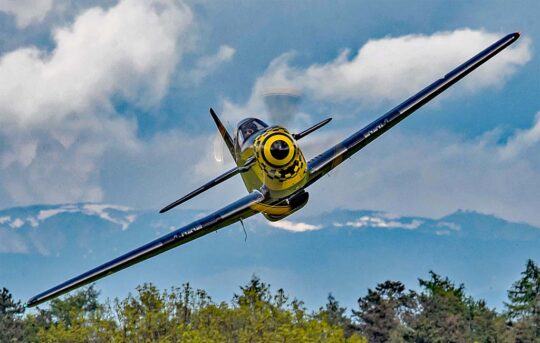 The ScaleWings SW-51 Mustang is a true-to-scale high performance replica modeled precisely upon the original North American P-51 Mustang aircraft dimension but fully built from carbon fiber.
No question, SW-51 deserves the closest possible examination. This is an amazing construction.
SW-51 is an intricate eye-catcher featuring more than 100,000 details such as simulated rivets, screws, fabric and more that were meticulously handcrafted into the manufacturing molds. Even when you physically touch them, rivets and screw heads feel real. They're not; it's a marvelous illusion.
Schoeller's unique treatment combines with a high quality chrome-like finish, allowing SW-51 to almost-identically mirror the original's aluminum appeal. Without a doubt, this is an unprecedented execution beyond anything I've ever seen.
The aircraft is designed for up to 750 kilograms (1,653 pounds) gross weight, while it is currently being flown in a category limited to 600 kilograms (1,320 pounds) in accordance with prevailing European standards. The numbers show SW-51 could fit nicely into FAA's proposed Light Personal Aircraft but it could also stay a Light-Sport Aircraft. A fixed gear, fixed pitch prop version has been in discussion for some time.
The ScaleWings SW-51 Mustang is a true-to-scale high performance replica modeled precisely upon the original North American P-51 Mustang aircraft dimension but fully built from carbon fiber.
No question, SW-51 deserves the closest possible examination. This is an amazing construction.
SW-51 is an intricate eye-catcher featuring more than 100,000 details such as simulated rivets, screws, fabric and more that were meticulously handcrafted into the manufacturing molds. Even when you physically touch them, rivets and screw heads feel real. They're not; it's a marvelous illusion.
Schoeller's unique treatment combines with a high quality chrome-like finish, allowing SW-51 to almost-identically mirror the original's aluminum appeal. Without a doubt, this is an unprecedented execution beyond anything I've ever seen.
The aircraft is designed for up to 750 kilograms (1,653 pounds) gross weight, while it is currently being flown in a category limited to 600 kilograms (1,320 pounds) in accordance with prevailing European standards. The numbers show SW-51 could fit nicely into FAA's proposed Light Personal Aircraft but it could also stay a Light-Sport Aircraft. A fixed gear, fixed pitch prop version has been in discussion for some time.
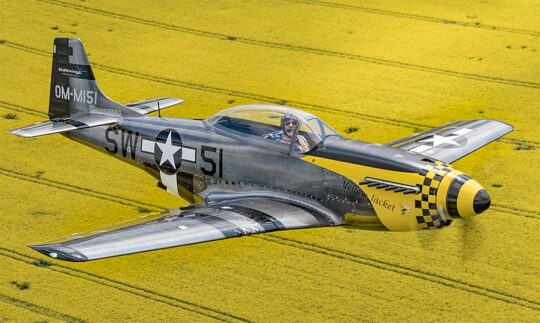 With first flight in its logbook, ScaleWings said, "We will produce and deliver 5 aircraft in 2021 and 12 aircraft in 2022."
SW-51's configuration features a
With first flight in its logbook, ScaleWings said, "We will produce and deliver 5 aircraft in 2021 and 12 aircraft in 2022."
SW-51's configuration features a 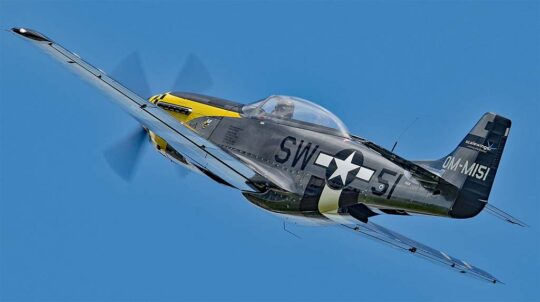 "SW-51 Mustang costs less than 10% to acquire, less than 1% to maintain and it burns less than 15% of the fuel of an original North American P-51 Mustang aircraft. That's a big savings but this is not an inexpensive kit.
"SW-51 Mustang costs less than 10% to acquire, less than 1% to maintain and it burns less than 15% of the fuel of an original North American P-51 Mustang aircraft. That's a big savings but this is not an inexpensive kit.

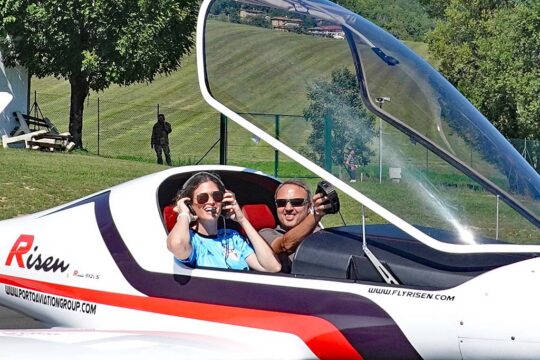

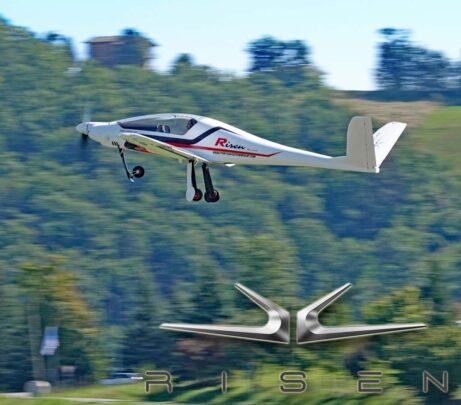
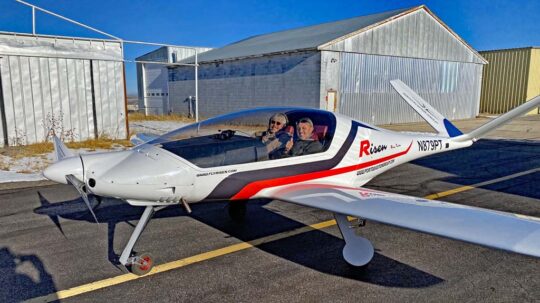
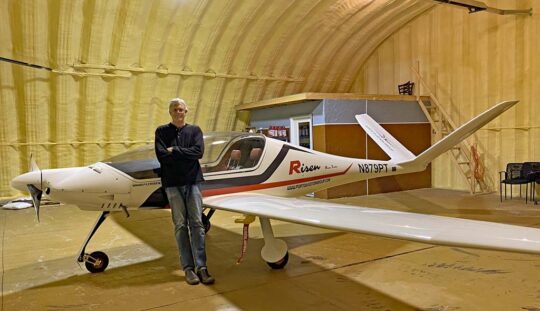
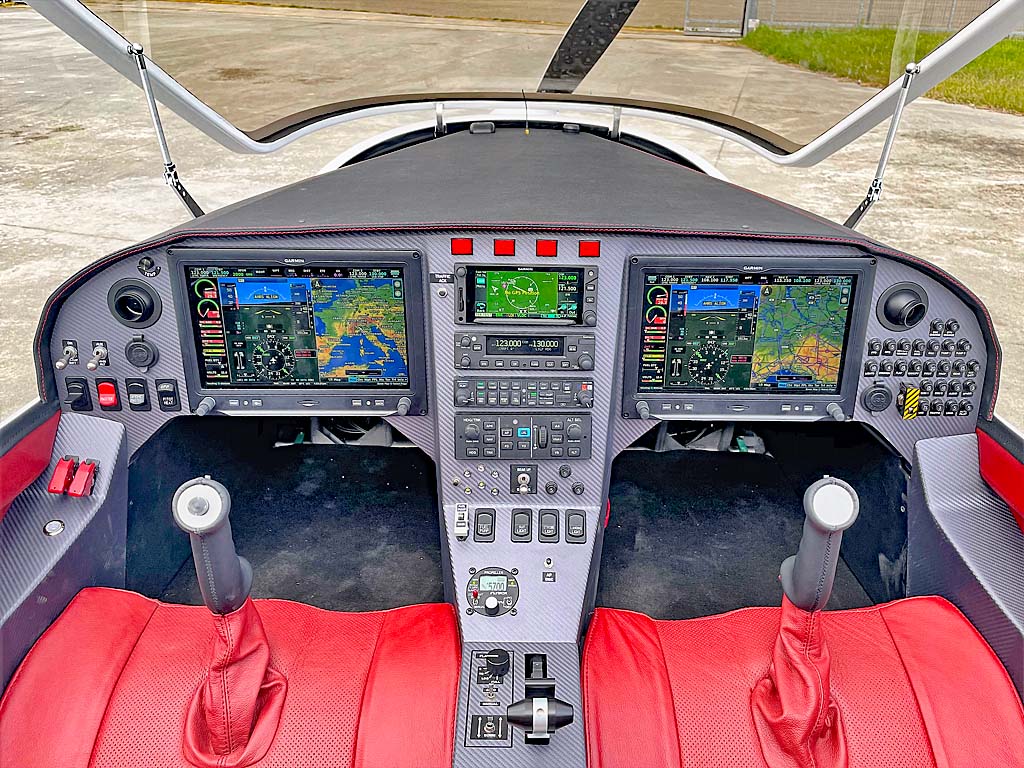
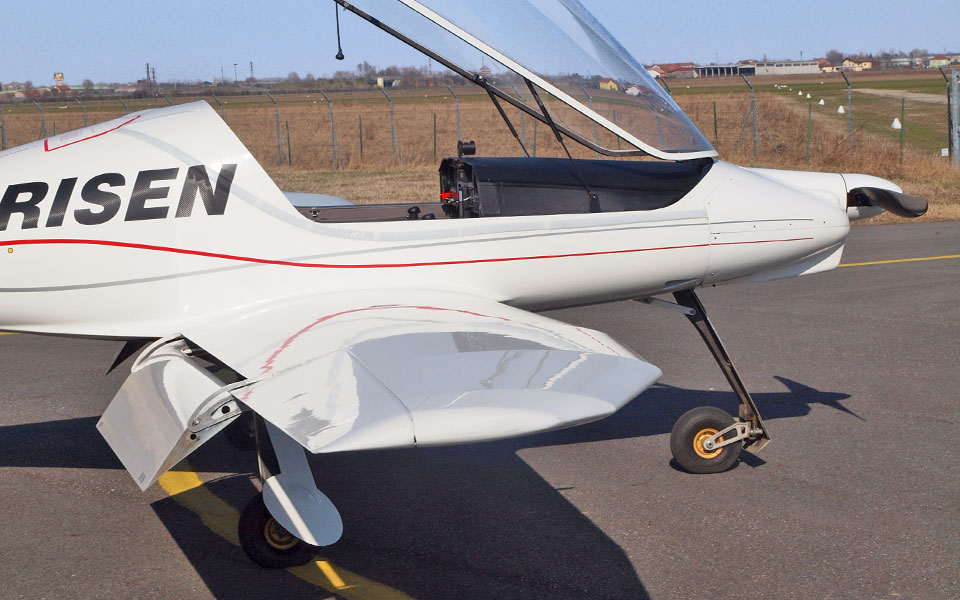

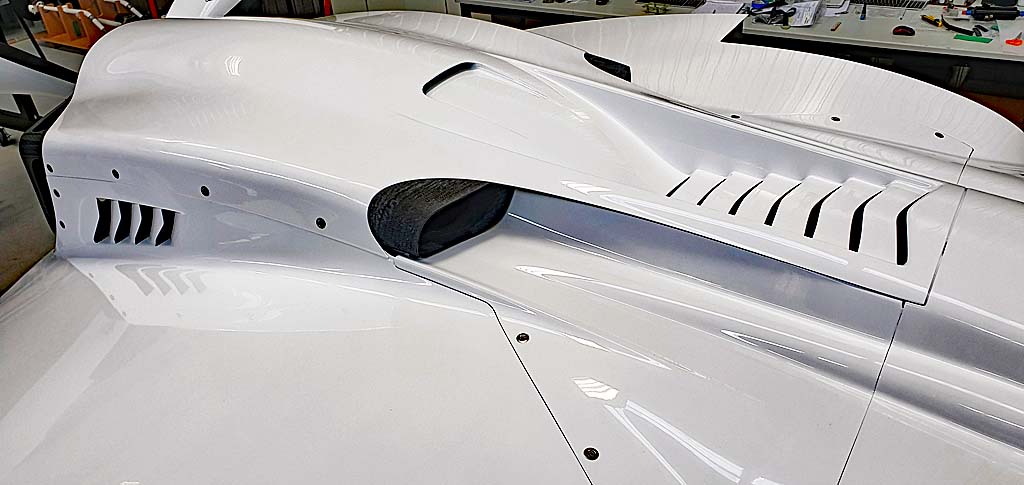 Look out, Icon A5! Here comes Wave and it should be quite exciting.
Designer Paul Vickers (see video interview below) has a history in boat-hull design. This history forms a logical path to a LSA seaplane with its boat hull and water control features. Paul employed that experience but has widened his history to encompass a flying boat, the Wave.
From the images that accompany this article, you may see a artist's sense of style, an engineer's focus on efficiency, and a creator's close attention to detail. I think these fresh photos convey those qualities quite well.
Look out, Icon A5! Here comes Wave and it should be quite exciting.
Designer Paul Vickers (see video interview below) has a history in boat-hull design. This history forms a logical path to a LSA seaplane with its boat hull and water control features. Paul employed that experience but has widened his history to encompass a flying boat, the Wave.
From the images that accompany this article, you may see a artist's sense of style, an engineer's focus on efficiency, and a creator's close attention to detail. I think these fresh photos convey those qualities quite well.
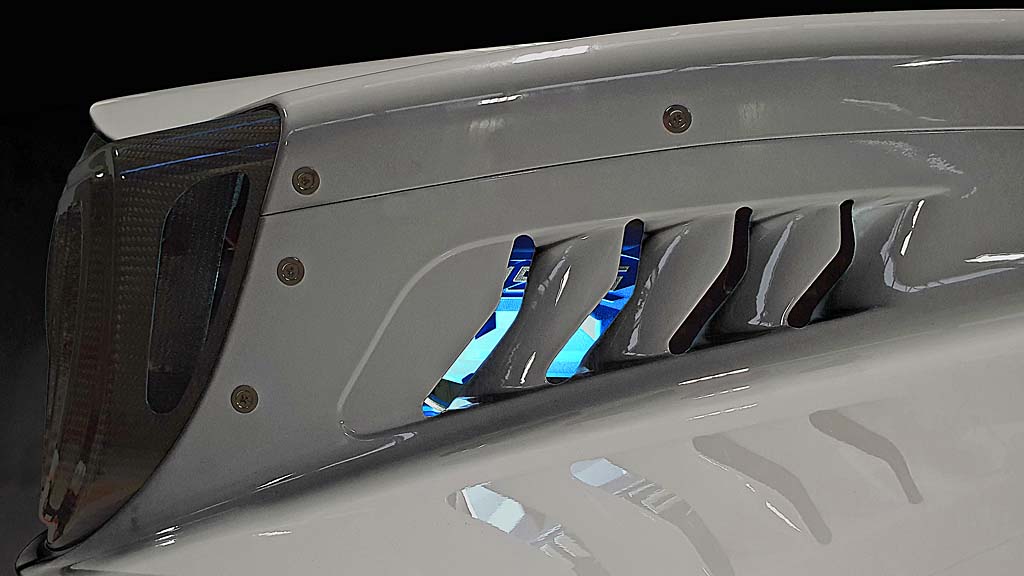 In one image you notice the Rotax 915iS hiding inside its shapely engine nacelle.
Over the years, Wave has evaluated different engines. At one time, they contemplated
In one image you notice the Rotax 915iS hiding inside its shapely engine nacelle.
Over the years, Wave has evaluated different engines. At one time, they contemplated 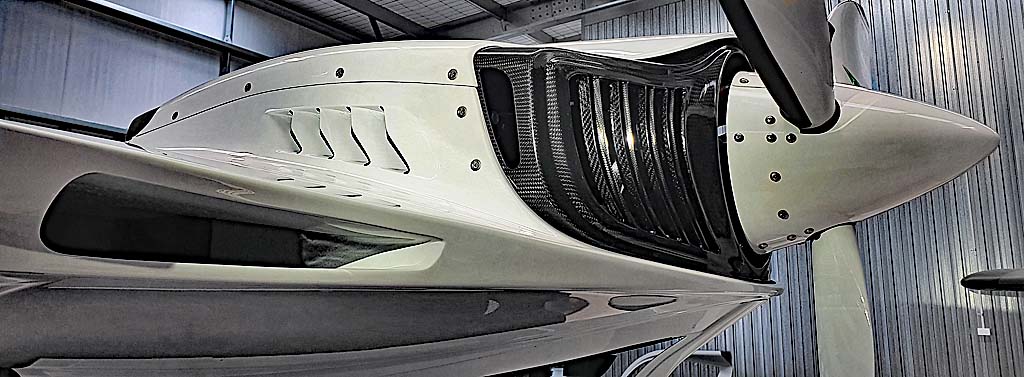 First flight is ahead — though this is one of those nailing-jello-to-a-wall stories. First flight is something a designer never wishes to rush. Yet after all the time spent working on this design, the desire to see Wave go aloft must be tremendous — not even considering what pressure those waiting for the design may be exerting.
Paul and his Vickers team have worked hard, not only to make a dashing design but creating one that is easier to build. Vickers reports their total part count is a fraction of Icon's for the A5, which should translate into quicker, easier, surer building and that in turn may help the New Zealand company keep their prices well below A5's. Wave is composed of around 400 parts where Vickers said 1,800 or more parts is more common. Each part adds a material and labor cost.
In another photo, you can see a door leaning up against the hangar wall. Reportedly, Wave will use an aft-sliding door to enter a rather spacious compartment.
First flight is ahead — though this is one of those nailing-jello-to-a-wall stories. First flight is something a designer never wishes to rush. Yet after all the time spent working on this design, the desire to see Wave go aloft must be tremendous — not even considering what pressure those waiting for the design may be exerting.
Paul and his Vickers team have worked hard, not only to make a dashing design but creating one that is easier to build. Vickers reports their total part count is a fraction of Icon's for the A5, which should translate into quicker, easier, surer building and that in turn may help the New Zealand company keep their prices well below A5's. Wave is composed of around 400 parts where Vickers said 1,800 or more parts is more common. Each part adds a material and labor cost.
In another photo, you can see a door leaning up against the hangar wall. Reportedly, Wave will use an aft-sliding door to enter a rather spacious compartment.
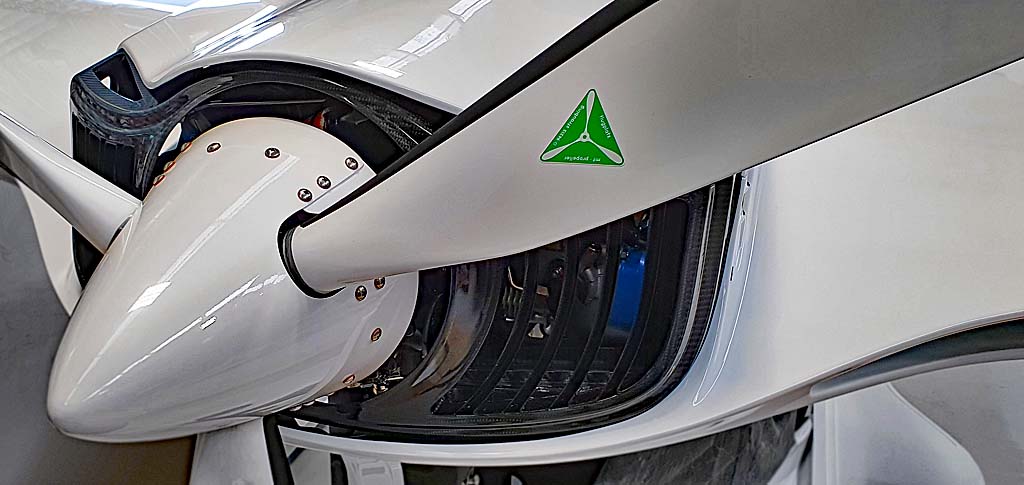 Wave also planned to use a novel arrangement of main gear — called "CrossOver" gear — such that it could handle the expected duties without needing to be retracted. Until the company gets first flight in their logbook, they're concentrating on the essentials so it's too early for confirmation of specific features.
Despite the uncertainties, Paul Vickers planned the design so meticulously that the first flight aircraft looks highly finished and not the sort of roughed-out prototype that often flies as a "proof-of-concept." If Paul achieves what I think he might with this impressive aircraft, the POC first-flight example might end up being very similar to the production aircraft that will follow.
Wave also planned to use a novel arrangement of main gear — called "CrossOver" gear — such that it could handle the expected duties without needing to be retracted. Until the company gets first flight in their logbook, they're concentrating on the essentials so it's too early for confirmation of specific features.
Despite the uncertainties, Paul Vickers planned the design so meticulously that the first flight aircraft looks highly finished and not the sort of roughed-out prototype that often flies as a "proof-of-concept." If Paul achieves what I think he might with this impressive aircraft, the POC first-flight example might end up being very similar to the production aircraft that will follow.
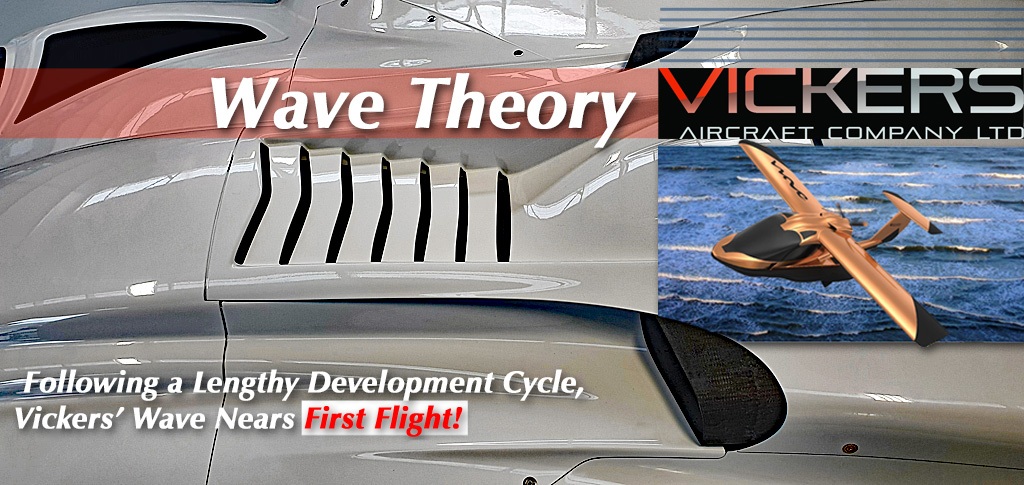
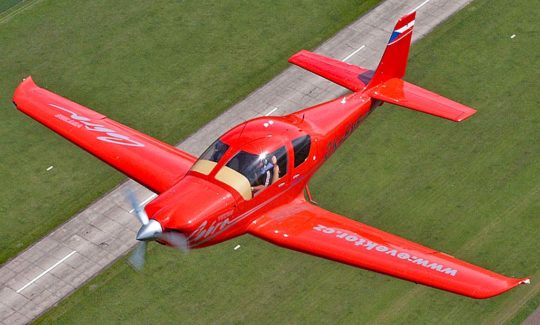 Here in early summer 2021, new information was discovered that shines additional light on what is ahead.
I am privileged to have recent information in which I have very high confidence.
While we do not know everything yet — neither does FAA itself — we are getting a clearer picture. Nonetheless, you should remember this is a proposal still in deliberation. It is not a completed regulation. We will know definitely what FAA recommends only when the NPRM (Notice of Proposed Rule Making) is released. My best guess for that is EAA AirVenture Oshkosh 2022 …about one year in the future. The final rule, after assessing all comments, is not expected until the end of 2023.
Here in early summer 2021, new information was discovered that shines additional light on what is ahead.
I am privileged to have recent information in which I have very high confidence.
While we do not know everything yet — neither does FAA itself — we are getting a clearer picture. Nonetheless, you should remember this is a proposal still in deliberation. It is not a completed regulation. We will know definitely what FAA recommends only when the NPRM (Notice of Proposed Rule Making) is released. My best guess for that is EAA AirVenture Oshkosh 2022 …about one year in the future. The final rule, after assessing all comments, is not expected until the end of 2023.
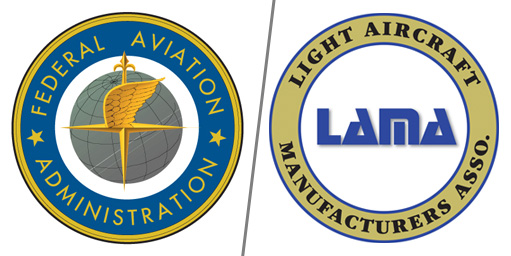 LAMA, represented by myself and Roy Beisswenger, had numerous fruitful discussions with FAA. We went to many meetings and made several trips to FAA headquarters in Washington, DC. In most of these meetings we found FAA people interested to advance LSA in the aviation world and interested to hear what changes we wanted. LAMA was satisfied with those discussions and, indeed, FAA incorporated into the proposal every LAMA request. All LAMA's "asks" are captioned in
LAMA, represented by myself and Roy Beisswenger, had numerous fruitful discussions with FAA. We went to many meetings and made several trips to FAA headquarters in Washington, DC. In most of these meetings we found FAA people interested to advance LSA in the aviation world and interested to hear what changes we wanted. LAMA was satisfied with those discussions and, indeed, FAA incorporated into the proposal every LAMA request. All LAMA's "asks" are captioned in 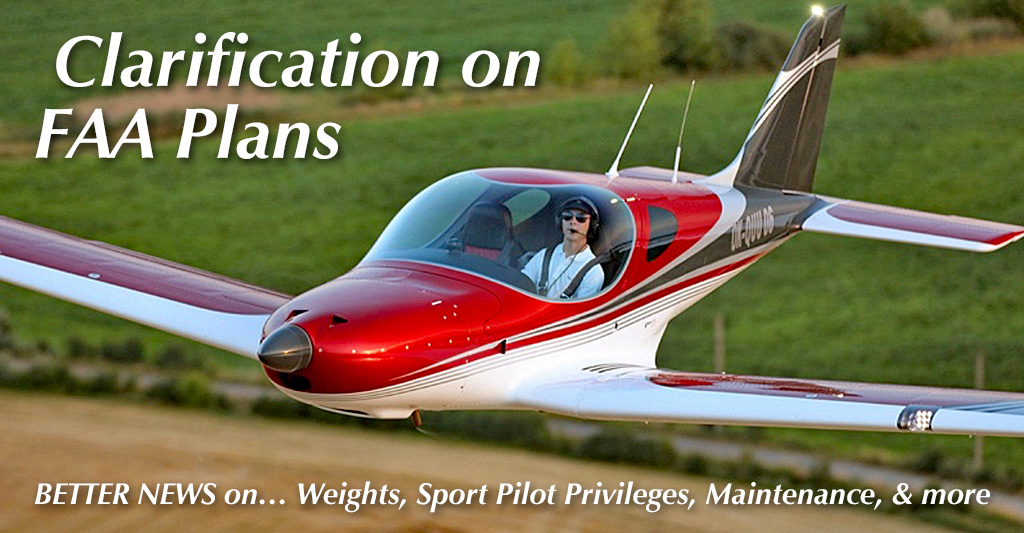
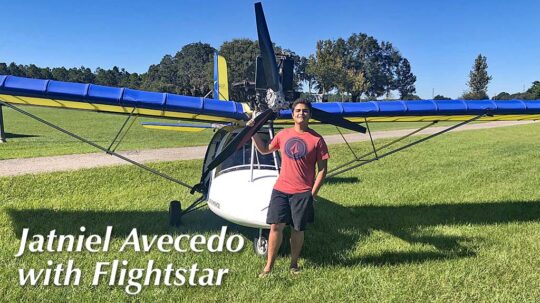 Lots of other avenues are available. For example, EAA has an endowment from the late-aviation philanthropist James Ray that allows the Oshkosh organization to give scholarships for around 100 pilots per year. LAMA is working with EAA right now to add more scholarships; these will be specific to Sport Pilot and must occur in Light-Sport Aircraft. EAA chapters around the country can participate.
Regarding youth coming into aviation, my earlier work shows key numbers. Here's part of what I wrote…
Lots of other avenues are available. For example, EAA has an endowment from the late-aviation philanthropist James Ray that allows the Oshkosh organization to give scholarships for around 100 pilots per year. LAMA is working with EAA right now to add more scholarships; these will be specific to Sport Pilot and must occur in Light-Sport Aircraft. EAA chapters around the country can participate.
Regarding youth coming into aviation, my earlier work shows key numbers. Here's part of what I wrote…
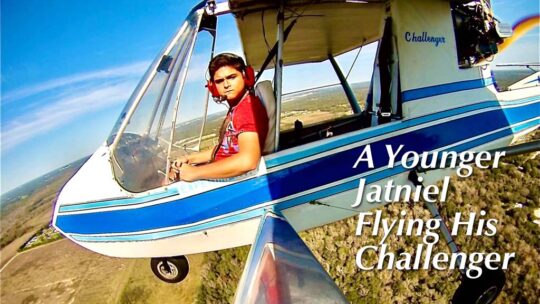 Setting up the LSA Mall takes some extra hands, so LAMA has used various great volunteers over the years. One young fellow joined us a few years back. His name is Jatniel Acevedo and he is the subject of this article, but not because he's a volunteer, helpful as that has been.
I was introduced to Jat by my wife, Randee Laskewitz, who is essential in the operation of the LSA Mall. We've worked together on the Mall for a decade and a half but I have to give credit where it belongs. As I zoom around the grounds collecting great airplane content for you readers, Randee and the volunteers hold down the fort. Jat is a valuable member of the team.
Randee and I have observed him for several years and have come to be very impressed with him and his aviation-oriented family. The video will provide more detail about this lifelong experience in aviation.
Jatniel attends the
Setting up the LSA Mall takes some extra hands, so LAMA has used various great volunteers over the years. One young fellow joined us a few years back. His name is Jatniel Acevedo and he is the subject of this article, but not because he's a volunteer, helpful as that has been.
I was introduced to Jat by my wife, Randee Laskewitz, who is essential in the operation of the LSA Mall. We've worked together on the Mall for a decade and a half but I have to give credit where it belongs. As I zoom around the grounds collecting great airplane content for you readers, Randee and the volunteers hold down the fort. Jat is a valuable member of the team.
Randee and I have observed him for several years and have come to be very impressed with him and his aviation-oriented family. The video will provide more detail about this lifelong experience in aviation.
Jatniel attends the 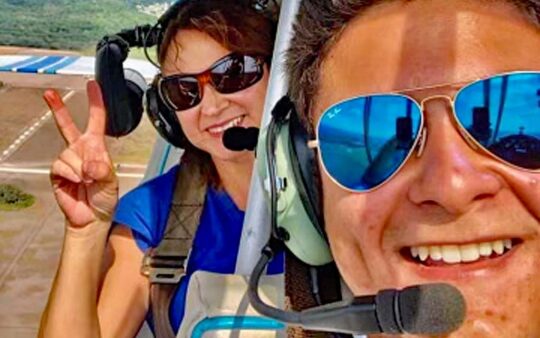
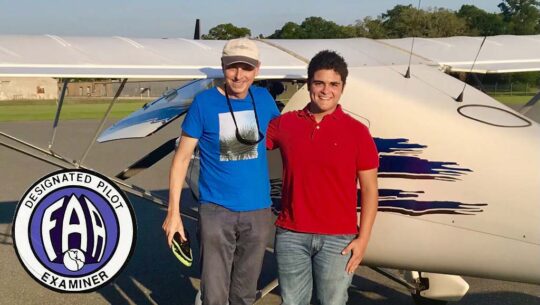
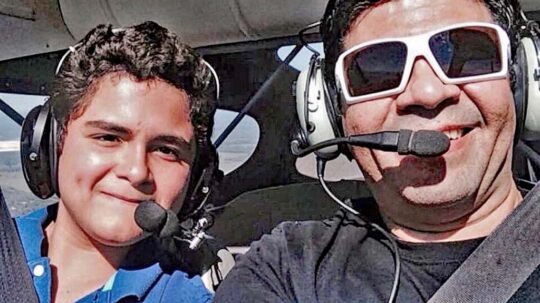
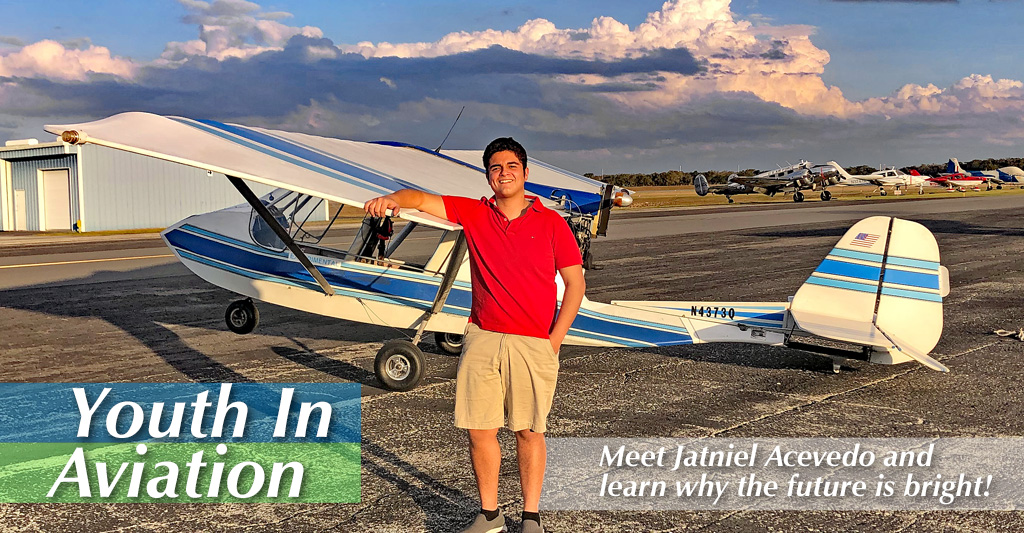
 We continue with further coverage from the first major airshow in almost two years… THANKS to
We continue with further coverage from the first major airshow in almost two years… THANKS to  Counting all types, the "alternative aircraft" sector may account for a quarter or more of all LSA sales. Alternative aircraft have attributes that drive customer inquiries: better affordability and unique flying qualities.
Not interested in alternative aircraft? That's hardly surprising as most American pilots were trained in conventional, three-axis, tractor-engined aircraft, usually with a control wheel and rudder pedals. Most of those pilots will stick with a familiar configuration and therefore the LSA market caters to that large pilot community. Others yearn for something different or something more affordable.
Counting all types, the "alternative aircraft" sector may account for a quarter or more of all LSA sales. Alternative aircraft have attributes that drive customer inquiries: better affordability and unique flying qualities.
Not interested in alternative aircraft? That's hardly surprising as most American pilots were trained in conventional, three-axis, tractor-engined aircraft, usually with a control wheel and rudder pedals. Most of those pilots will stick with a familiar configuration and therefore the LSA market caters to that large pilot community. Others yearn for something different or something more affordable.
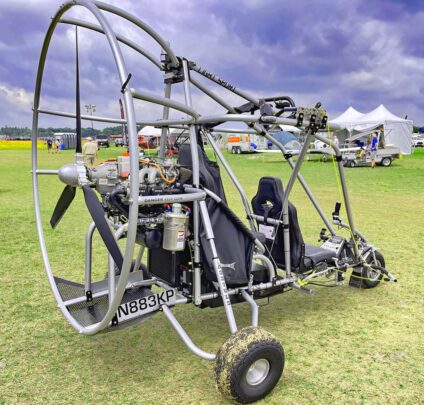 Powrachute Powerhouse
Powrachute Powerhouse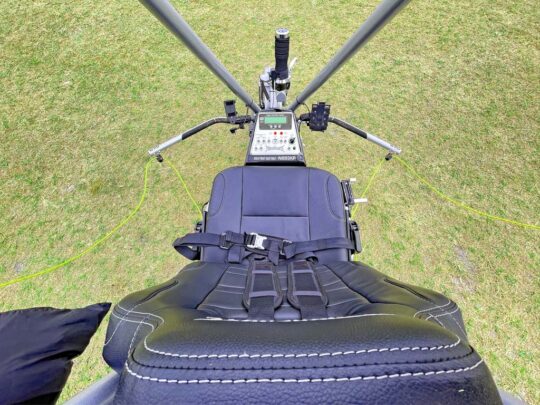
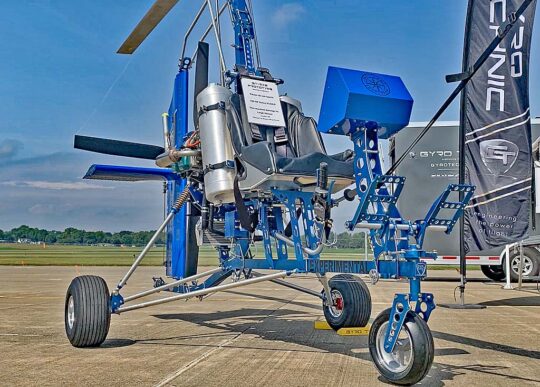 While the idea may have been invented many years ago in the USA, Europeans adopted the type in the 2000s and took the idea further. They also worked out flight characteristics to make these contemporary machines easier to fly. My experience with them (see this
While the idea may have been invented many years ago in the USA, Europeans adopted the type in the 2000s and took the idea further. They also worked out flight characteristics to make these contemporary machines easier to fly. My experience with them (see this  Those older American gyroplanes — think: Bensen Gyrocopter — were nearly all single seaters. Maybe that was best then, when stability was different than today. Then I discovered the VX1 at the Midwest LSA Expo. Hmmm, a modern gyroplane with all the present-day knowledge but in single seat form. Intriguing. It doesn't look like other modern gyros and the video below will explain.
Lots of buyers want a second seat for a friend or their spouse yet more often than not aircraft are flown solo. A single seat aircraft has some advantages and the pilot can merely enjoy him or herself without have to assure their passenger is comfortable. Single seaters can also cost less partly because they don't need as much engine.
Combine these attributes with some of the finest, beautifully-accented machine work you'll ever see and Gyro Technic truly has something in their VX1. Finally, the Minnesota company is rare in that it also makes its own rotor blades and can supply other producers.
Those older American gyroplanes — think: Bensen Gyrocopter — were nearly all single seaters. Maybe that was best then, when stability was different than today. Then I discovered the VX1 at the Midwest LSA Expo. Hmmm, a modern gyroplane with all the present-day knowledge but in single seat form. Intriguing. It doesn't look like other modern gyros and the video below will explain.
Lots of buyers want a second seat for a friend or their spouse yet more often than not aircraft are flown solo. A single seat aircraft has some advantages and the pilot can merely enjoy him or herself without have to assure their passenger is comfortable. Single seaters can also cost less partly because they don't need as much engine.
Combine these attributes with some of the finest, beautifully-accented machine work you'll ever see and Gyro Technic truly has something in their VX1. Finally, the Minnesota company is rare in that it also makes its own rotor blades and can supply other producers.
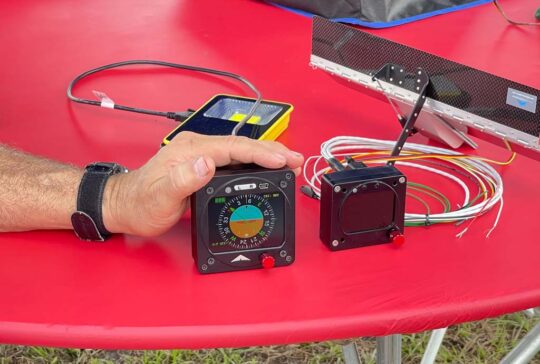 Levil Aviation greatly empowered the role of tablets in the cockpit today by pioneering the first iPad-compatible wireless avionics suite in 2009. Today's
Levil Aviation greatly empowered the role of tablets in the cockpit today by pioneering the first iPad-compatible wireless avionics suite in 2009. Today's 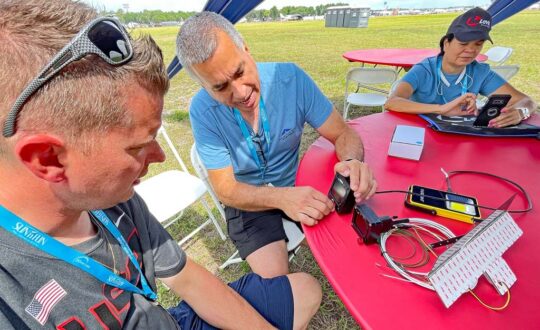
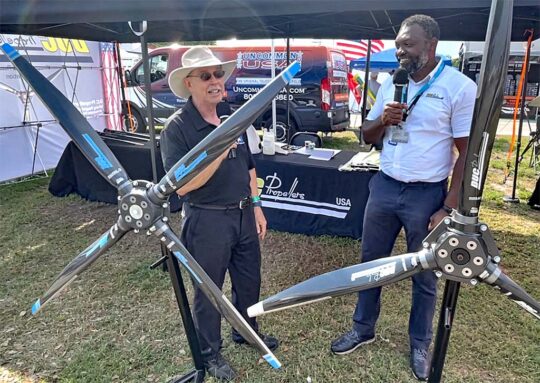 Duc Prop Success Story
Duc Prop Success Story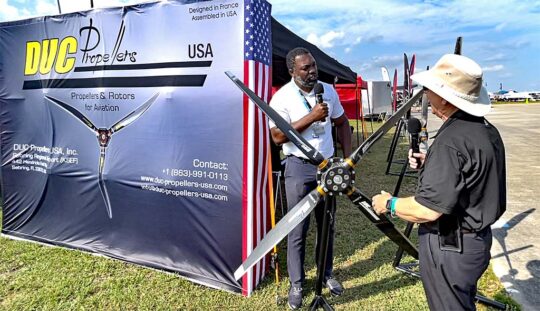 Of course, he is a sales and service outlet for Duc Hélices. Manufacturing occurs in Frontenas, France. According to Gaetan, the French enterprise is humming at its still-new
Of course, he is a sales and service outlet for Duc Hélices. Manufacturing occurs in Frontenas, France. According to Gaetan, the French enterprise is humming at its still-new 
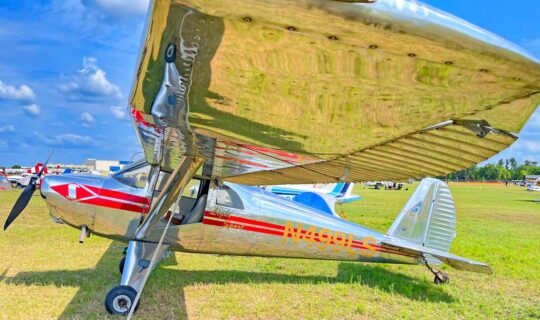 —
—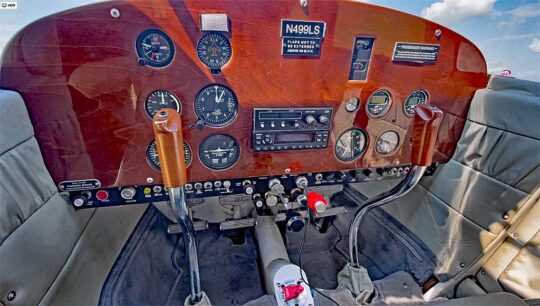 Then, he described a plan to go slowly at a return to manufacturing the vintage aircraft as a Special, fully-built LSA. Another bravo, including for taking the time to get it right. Readers should understand getting semi-tractor trailer loads of inventory, tooling, jigs and more will take some time to get set up properly.
It was 14 years ago on the EAA Sport Pilot Tour, not long after the first emergence of Light-Sport Aircraft, when
Then, he described a plan to go slowly at a return to manufacturing the vintage aircraft as a Special, fully-built LSA. Another bravo, including for taking the time to get it right. Readers should understand getting semi-tractor trailer loads of inventory, tooling, jigs and more will take some time to get set up properly.
It was 14 years ago on the EAA Sport Pilot Tour, not long after the first emergence of Light-Sport Aircraft, when  Early LSA enthusiasts knew this aircraft as the Jhilivan (or Kappa) KP-5. It was
Early LSA enthusiasts knew this aircraft as the Jhilivan (or Kappa) KP-5. It was 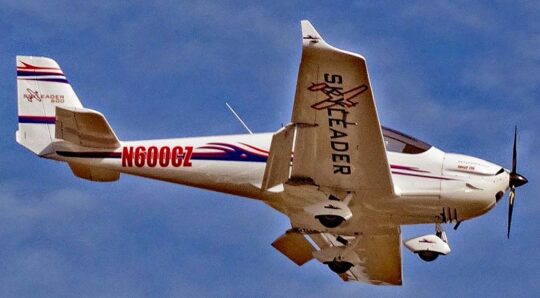 Once up on the wing, you can simply stand on the floor in front of the seat and sit down. Unlike its predecessor from Kappa, Skyleader 600 has both seats side-by-side; KP-5 had a slimmer cockpit width and staggered the right seat aft a few inches to give more room and a wider view. While the current configuration is more commonplace and will probably please more buyers, I rather liked the staggered seating; it gave the pilot in command great visibility out both sides.
Another nice bit of engineering is the far-extending Fowler-style flaps (nearby photo). This flap construction is more complicated than simple hinged flaps but the Fowler design allows lots more airflow making the surface much more effective. When the flaps extend, the elevator trim automatically adjusts to reduce pitch changes when deploying the large flaps. Of course, this level of sophistication is more costly than simpler constructions.
Once up on the wing, you can simply stand on the floor in front of the seat and sit down. Unlike its predecessor from Kappa, Skyleader 600 has both seats side-by-side; KP-5 had a slimmer cockpit width and staggered the right seat aft a few inches to give more room and a wider view. While the current configuration is more commonplace and will probably please more buyers, I rather liked the staggered seating; it gave the pilot in command great visibility out both sides.
Another nice bit of engineering is the far-extending Fowler-style flaps (nearby photo). This flap construction is more complicated than simple hinged flaps but the Fowler design allows lots more airflow making the surface much more effective. When the flaps extend, the elevator trim automatically adjusts to reduce pitch changes when deploying the large flaps. Of course, this level of sophistication is more costly than simpler constructions.
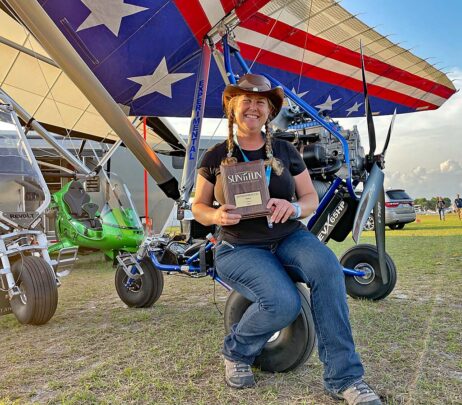
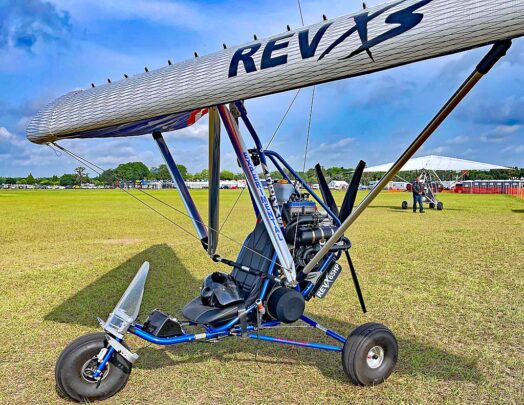 Evolution Aircraft enjoyed a banner year in 2020, despite all the covid anxiety.
It turns out that open-cockpit trike flying was embraced by many last year and Larry noted that the enthusiasm is continuing into 2021. This husband-and-wife team appears set to have another good year in 2021. Contratulations to Amy in particular and Evolution more broadly.
Evolution Aircraft enjoyed a banner year in 2020, despite all the covid anxiety.
It turns out that open-cockpit trike flying was embraced by many last year and Larry noted that the enthusiasm is continuing into 2021. This husband-and-wife team appears set to have another good year in 2021. Contratulations to Amy in particular and Evolution more broadly.
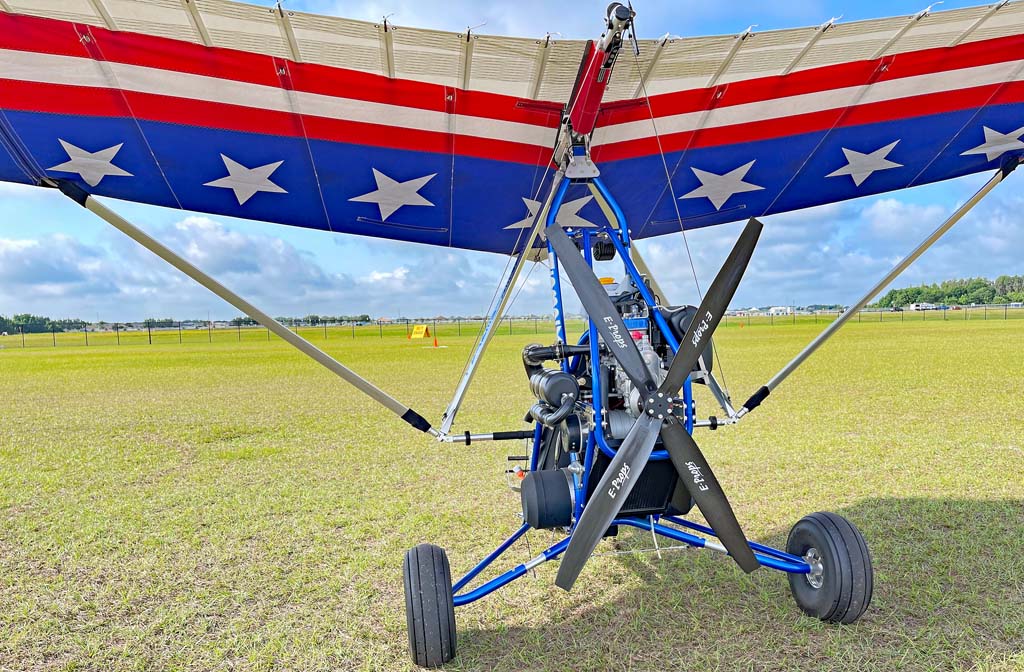
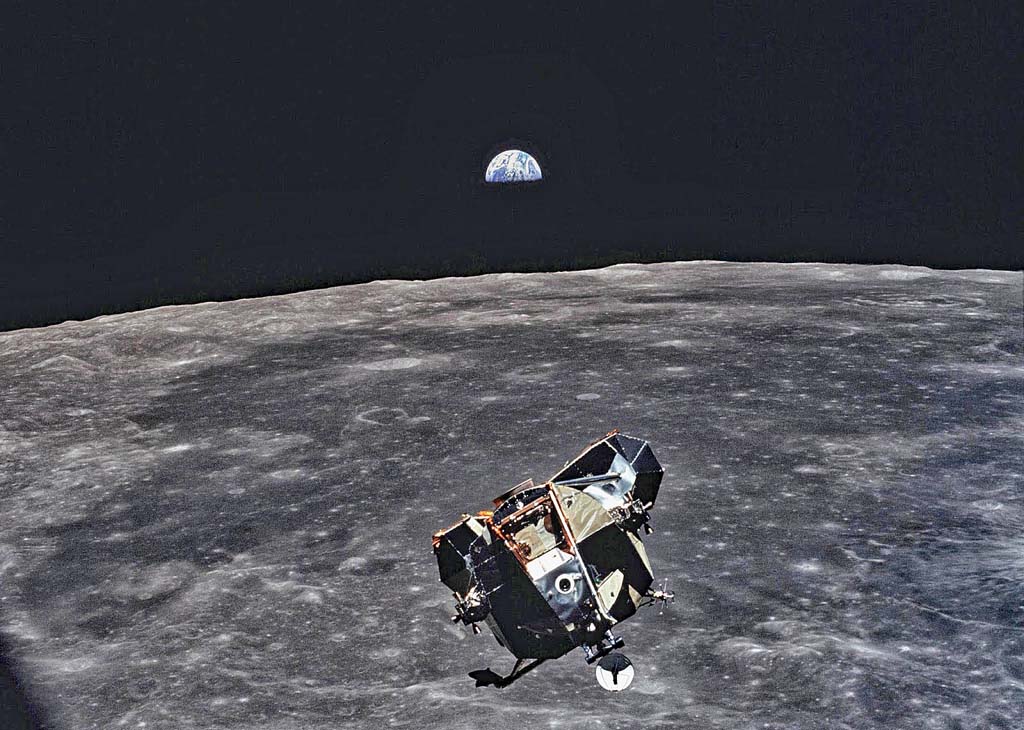

 Just today, I learned that
Just today, I learned that 
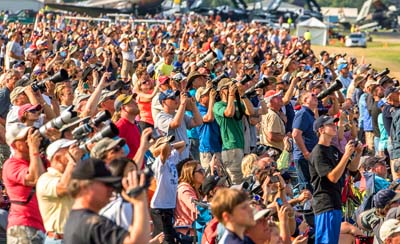
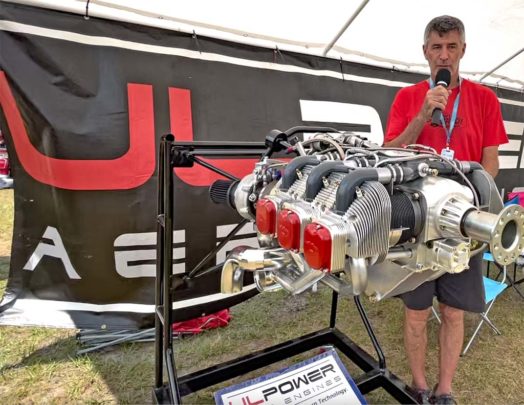 —
—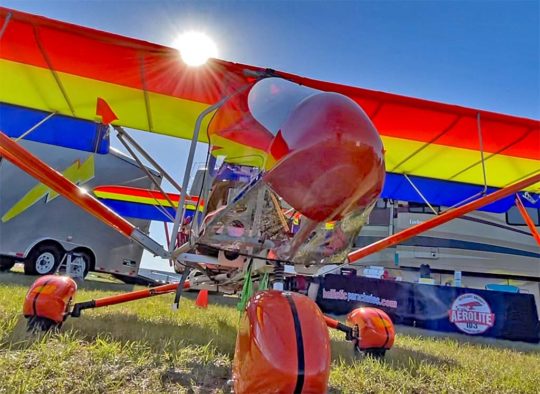 —The
—The  —The much-beloved Rotax 503 will not be returning to the market. The Austrian company discontinued the popular two-stroke engine years ago, meaning many who still want one must search among used engines. The good news: many have only a few hundred (or less) hours on them; a good used engine is both a bargain and a worthy powerplant for your light aircraft kit. Now, though, a very similar engine is coming from Russia, of all places. It's called the
—The much-beloved Rotax 503 will not be returning to the market. The Austrian company discontinued the popular two-stroke engine years ago, meaning many who still want one must search among used engines. The good news: many have only a few hundred (or less) hours on them; a good used engine is both a bargain and a worthy powerplant for your light aircraft kit. Now, though, a very similar engine is coming from Russia, of all places. It's called the 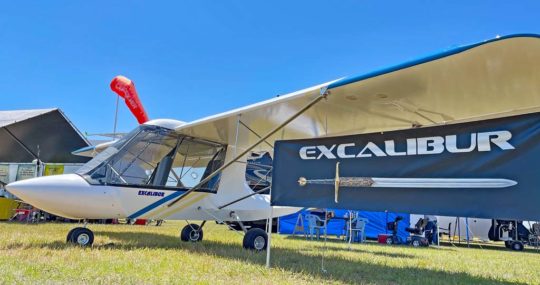 —
—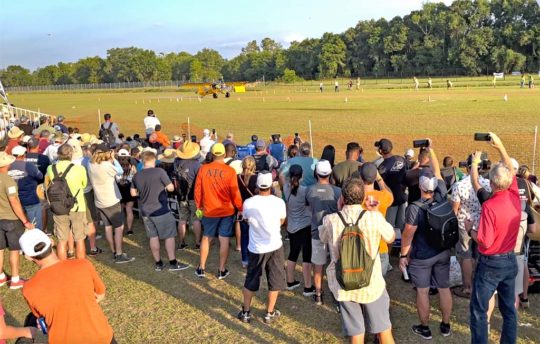

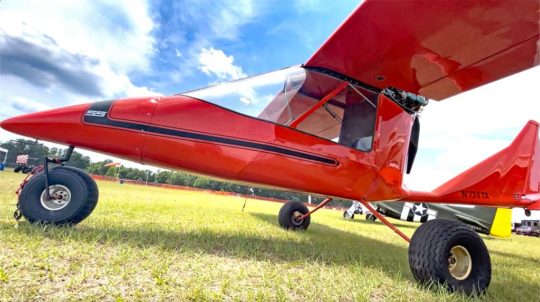 Before longtime proprietor John Williams began producing his own design, he manufactured components and sub-asssemblies for another hot ultralight of the day,
Before longtime proprietor John Williams began producing his own design, he manufactured components and sub-asssemblies for another hot ultralight of the day, 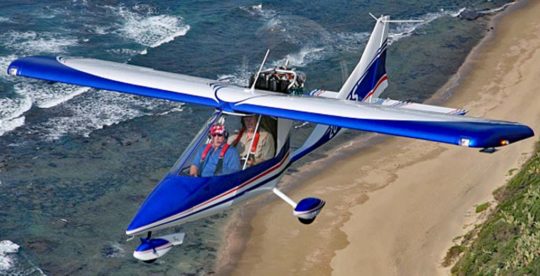 To make harder-working wings, John did something rather unusual at the time. He built a cantilevered wing with conventional aluminum structure. The result: that single place aircraft worked great with a 20-foot wing span. When I flew it, the wings seemed so short that I felt I could reach out with my arms and almost touch the tips.
John also noted that the tauter wing structure made the aircraft more responsive in handling. Tornado could and still can do loops and rolls with ease …in experienced hands, of course. I don't want to encourage anyone to do aerobatics without proper instruction.
To make harder-working wings, John did something rather unusual at the time. He built a cantilevered wing with conventional aluminum structure. The result: that single place aircraft worked great with a 20-foot wing span. When I flew it, the wings seemed so short that I felt I could reach out with my arms and almost touch the tips.
John also noted that the tauter wing structure made the aircraft more responsive in handling. Tornado could and still can do loops and rolls with ease …in experienced hands, of course. I don't want to encourage anyone to do aerobatics without proper instruction.
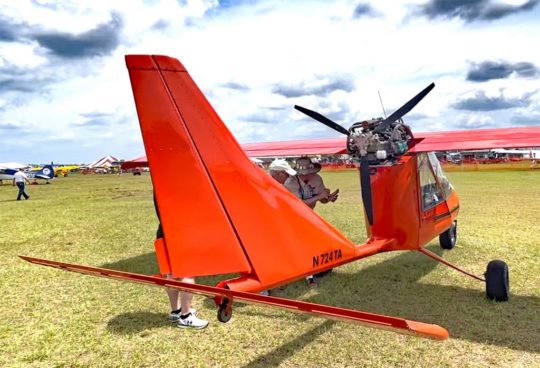 Titan went further on their website. "Combined with Titan Aircraft's renowned reputation for high quality products, superior aircraft performance, and outstanding customer support, Tornado is sure to provide the pilot and kit builder a very pleasurable experience and a fantastic resale value."
Obviously, Team Titan is proud of their achievement and, in support of those claims, more than 800 are flying, John reported at Sun 'n Fun 2021.
"I do spend more time with our T-51 these days but every time I take someone up in Tornado, I always get out with a smile on my face." As he said the words, his smile broaded with the memory.
Titan went further on their website. "Combined with Titan Aircraft's renowned reputation for high quality products, superior aircraft performance, and outstanding customer support, Tornado is sure to provide the pilot and kit builder a very pleasurable experience and a fantastic resale value."
Obviously, Team Titan is proud of their achievement and, in support of those claims, more than 800 are flying, John reported at Sun 'n Fun 2021.
"I do spend more time with our T-51 these days but every time I take someone up in Tornado, I always get out with a smile on my face." As he said the words, his smile broaded with the memory.
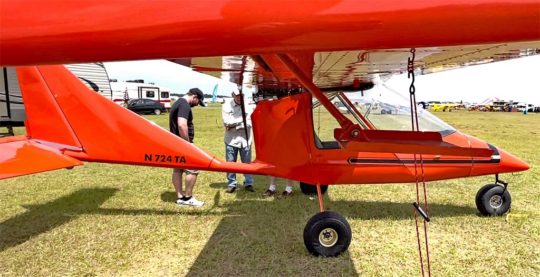
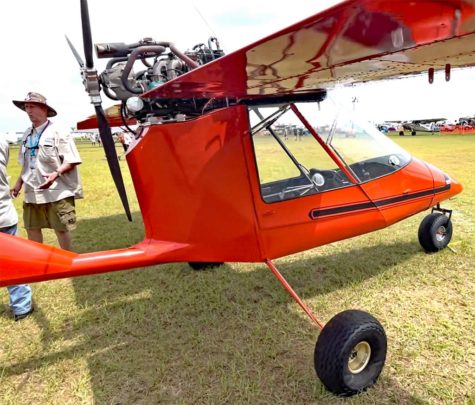 "Our kit has an estimated build time of 150-300 hours and includes all required materials, components, and fasteners," said John. Kits do not include engine, propeller, and instruments leaving that to customer preferences. "Our completion rate is around 90% because the build is fairly quick and easy — and because customers are motivated to get flying," John added.
"Tornado models combine friendly low-speed handling characteristics with agility and high performance," Titan observed on their website. Tornado I is designed to a +6g / -4g load limit capability at 750 pounds gross weight. With a Rotax 503 engine, cruise speed is in excess of 95 mph. The stall speed in landing configuration flying solo is 30 mph.
"Our kit has an estimated build time of 150-300 hours and includes all required materials, components, and fasteners," said John. Kits do not include engine, propeller, and instruments leaving that to customer preferences. "Our completion rate is around 90% because the build is fairly quick and easy — and because customers are motivated to get flying," John added.
"Tornado models combine friendly low-speed handling characteristics with agility and high performance," Titan observed on their website. Tornado I is designed to a +6g / -4g load limit capability at 750 pounds gross weight. With a Rotax 503 engine, cruise speed is in excess of 95 mph. The stall speed in landing configuration flying solo is 30 mph.
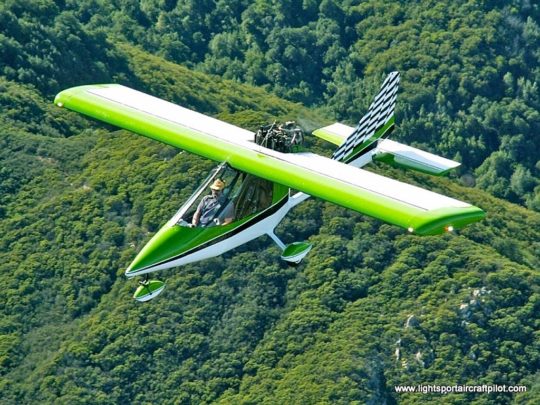 The Tornado SS comes with a longer & taller fuselage, a 33% larger back door, a full-sized rear seat, and has four more inches of headroom over a standard Tornado II. Most use the
The Tornado SS comes with a longer & taller fuselage, a 33% larger back door, a full-sized rear seat, and has four more inches of headroom over a standard Tornado II. Most use the 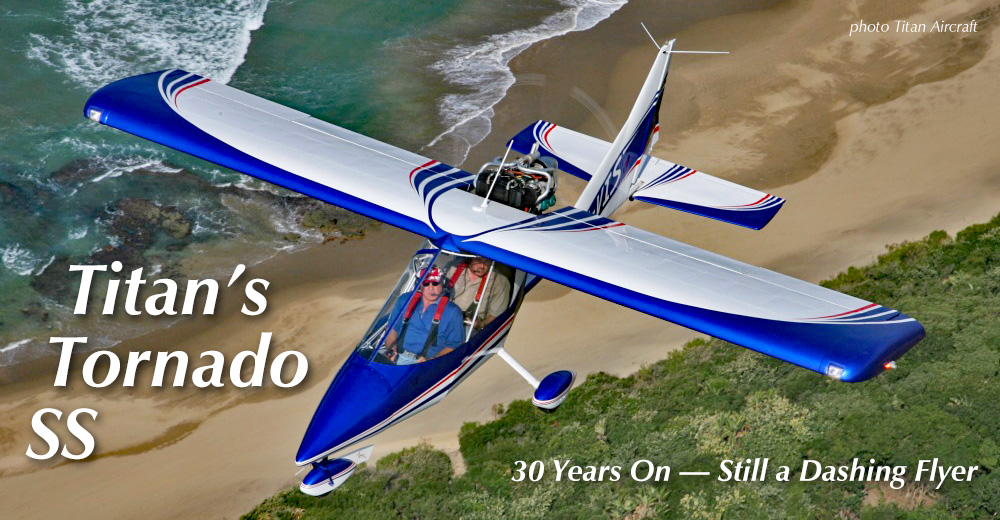
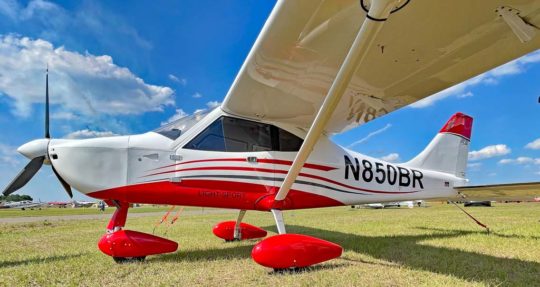 Montaer's MC01 starts with 4130 molybdenum steel tube "to provide greater safety to the crew." MC01 is skinned with an aluminum fuselage and wings. These materials are popular with American pilots who are aware they can achieve repairs almost anywhere.
MC01 is powered with the 100 horsepower
Montaer's MC01 starts with 4130 molybdenum steel tube "to provide greater safety to the crew." MC01 is skinned with an aluminum fuselage and wings. These materials are popular with American pilots who are aware they can achieve repairs almost anywhere.
MC01 is powered with the 100 horsepower 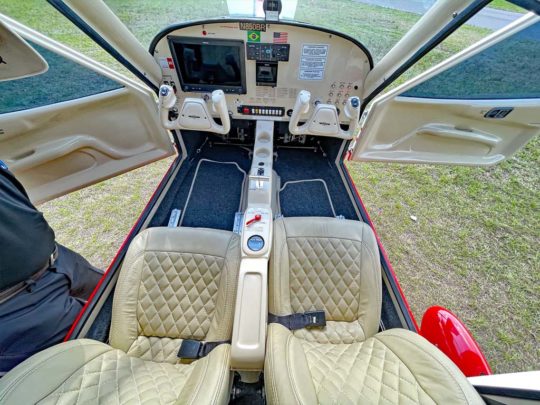 MC01 has dual control yokes with a steerable nose wheel and dual toe brakes. Although many Sport Pilots say they prefer — or at least have adjusted to — joystick control, many pilots find control yokes preferable. No joystick option is presently available.
However, Montaer has also followed Paradise's lead by offering hand controls to accommodates pilots who want to fly but have lost the use of their legs. In fact, the very first American purchase of Montaer MC01 is going to such a pilot up near Oshkosh. I'm sure I join many others in congratulating Bruno and Montaer in making arrangements for such people to achieve their dreams of flight.
MC01 has dual control yokes with a steerable nose wheel and dual toe brakes. Although many Sport Pilots say they prefer — or at least have adjusted to — joystick control, many pilots find control yokes preferable. No joystick option is presently available.
However, Montaer has also followed Paradise's lead by offering hand controls to accommodates pilots who want to fly but have lost the use of their legs. In fact, the very first American purchase of Montaer MC01 is going to such a pilot up near Oshkosh. I'm sure I join many others in congratulating Bruno and Montaer in making arrangements for such people to achieve their dreams of flight.
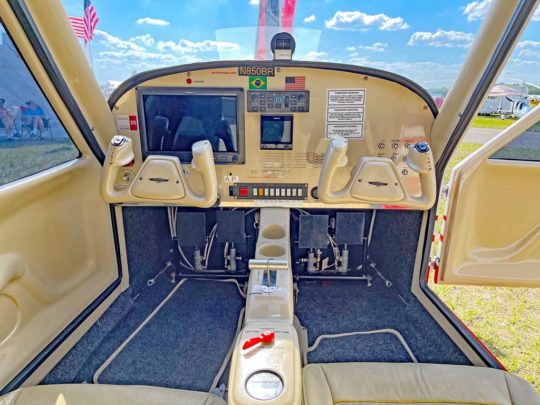 Elevator trim controls are provided on both yokes. At the base of the instrument panel pilots will find all circuit breakers and other switches. Throughout this design, you see a layout that most pilots will find familiar and comfortable. All these common controls may help pilots quickly adapt to flying Light-Sport.
Montaer has installed all leather seats, headliner and side panels (photo). The interior fit and finish will please most pilots. Both seats are fully adjustable forward and back allowing, for comfort for tall and short people. These adjustments can be made while sitting in the seat. Yet MC01's seats do more.
Again similar to Paradise models — which are no longer available in the USA — MC01 has fully-reclining seats. While the company said, "This is important for tall people to adjust the seats for more head space," it brings additional benefits. For example, if you want to camp in your MC01, the reclining seats can provide a sleeping surface. The aft cabin has sufficient of room to permit this.
Elevator trim controls are provided on both yokes. At the base of the instrument panel pilots will find all circuit breakers and other switches. Throughout this design, you see a layout that most pilots will find familiar and comfortable. All these common controls may help pilots quickly adapt to flying Light-Sport.
Montaer has installed all leather seats, headliner and side panels (photo). The interior fit and finish will please most pilots. Both seats are fully adjustable forward and back allowing, for comfort for tall and short people. These adjustments can be made while sitting in the seat. Yet MC01's seats do more.
Again similar to Paradise models — which are no longer available in the USA — MC01 has fully-reclining seats. While the company said, "This is important for tall people to adjust the seats for more head space," it brings additional benefits. For example, if you want to camp in your MC01, the reclining seats can provide a sleeping surface. The aft cabin has sufficient of room to permit this.
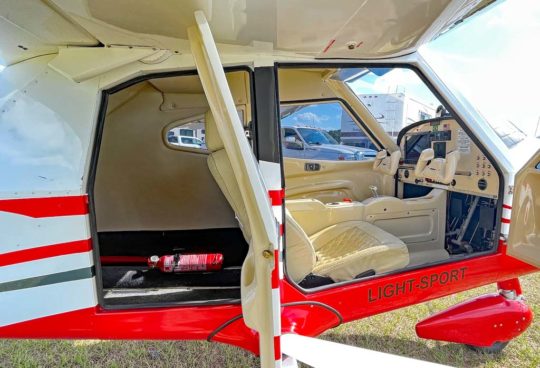 Although
Although 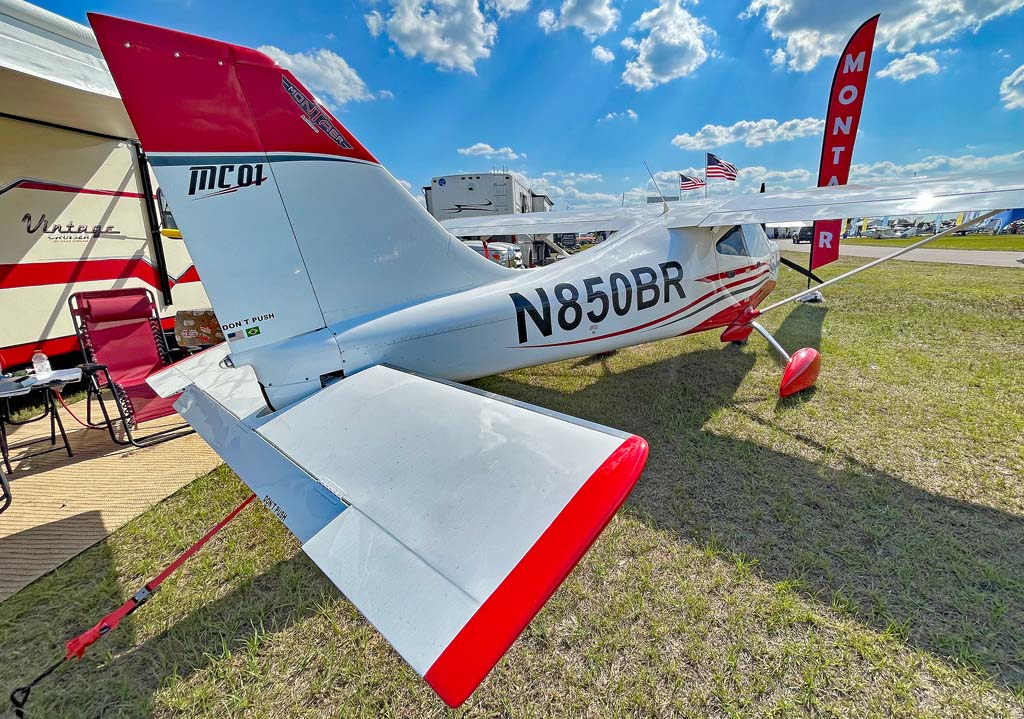

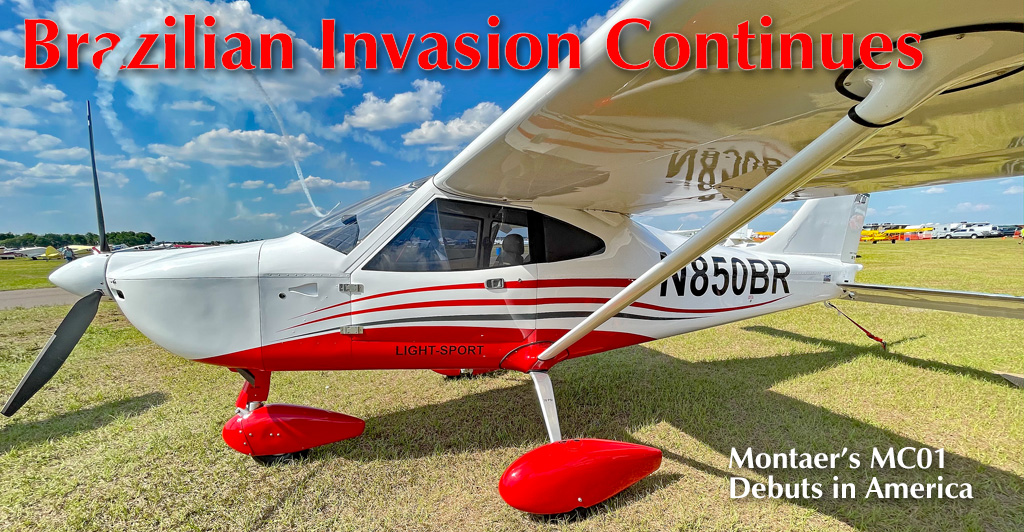
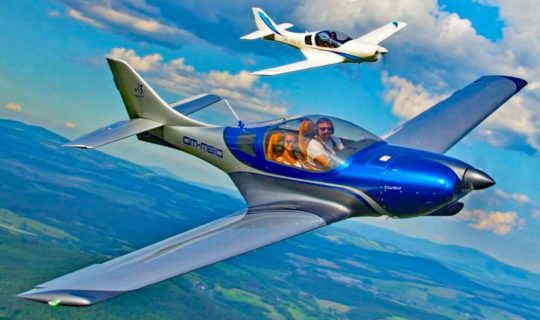 The subjects of today's post from Lakeland, Florida, VL3 from JMB Aircraft plus Tarragon Aircraft — along with a handful of other designs (see this
The subjects of today's post from Lakeland, Florida, VL3 from JMB Aircraft plus Tarragon Aircraft — along with a handful of other designs (see this 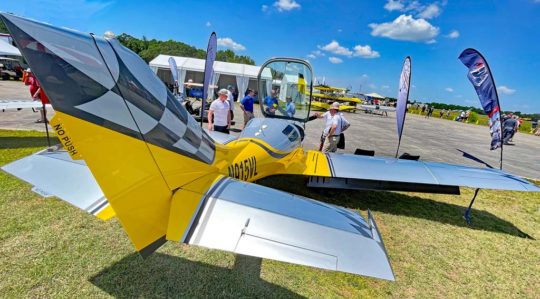
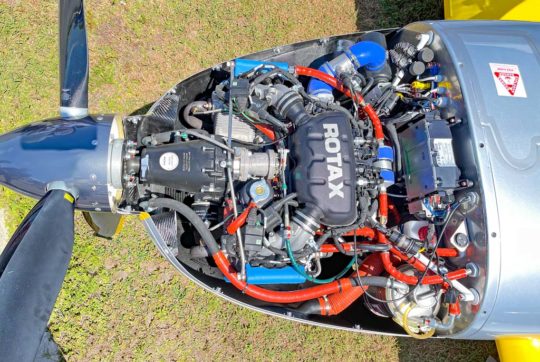
 Of course, such high-tech construction also pushes up the price. Neither of these airplanes are in the range of what I'd call "affordable" for readers of this website. In fact Tarragon is carving out a space near the very top of where LSA are priced. In their booth, I heard staff quote numbers north of $300,000. It's a breathtaking aircraft with a breathtaking price to match.
In addition, as with VL3, Tarragon must be built and registered as an Experimental Amateur Built aircraft. As this requirement does not exist in Europe, I don't know how well configured they are to assist builders but the U.S. representatives are likely to handle that. If this aircraft interests you for purchase, you'll want to talk to the fellows repressenting it in Illinois.
Of course, such high-tech construction also pushes up the price. Neither of these airplanes are in the range of what I'd call "affordable" for readers of this website. In fact Tarragon is carving out a space near the very top of where LSA are priced. In their booth, I heard staff quote numbers north of $300,000. It's a breathtaking aircraft with a breathtaking price to match.
In addition, as with VL3, Tarragon must be built and registered as an Experimental Amateur Built aircraft. As this requirement does not exist in Europe, I don't know how well configured they are to assist builders but the U.S. representatives are likely to handle that. If this aircraft interests you for purchase, you'll want to talk to the fellows repressenting it in Illinois. 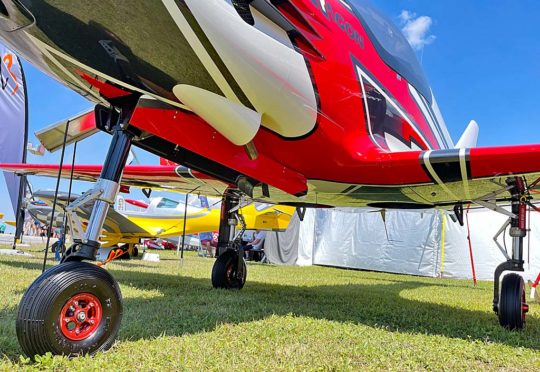
 On a beautiful evening, almost 200 light aircraft businesspeople attended the DeLand Showcase annual reception. Smiles were plentiful as these vendors enjoyed a return to normalcy and an airshow routine that fuels their enterprise so they can better serve their pilot customers.
Hurray for
On a beautiful evening, almost 200 light aircraft businesspeople attended the DeLand Showcase annual reception. Smiles were plentiful as these vendors enjoyed a return to normalcy and an airshow routine that fuels their enterprise so they can better serve their pilot customers.
Hurray for 